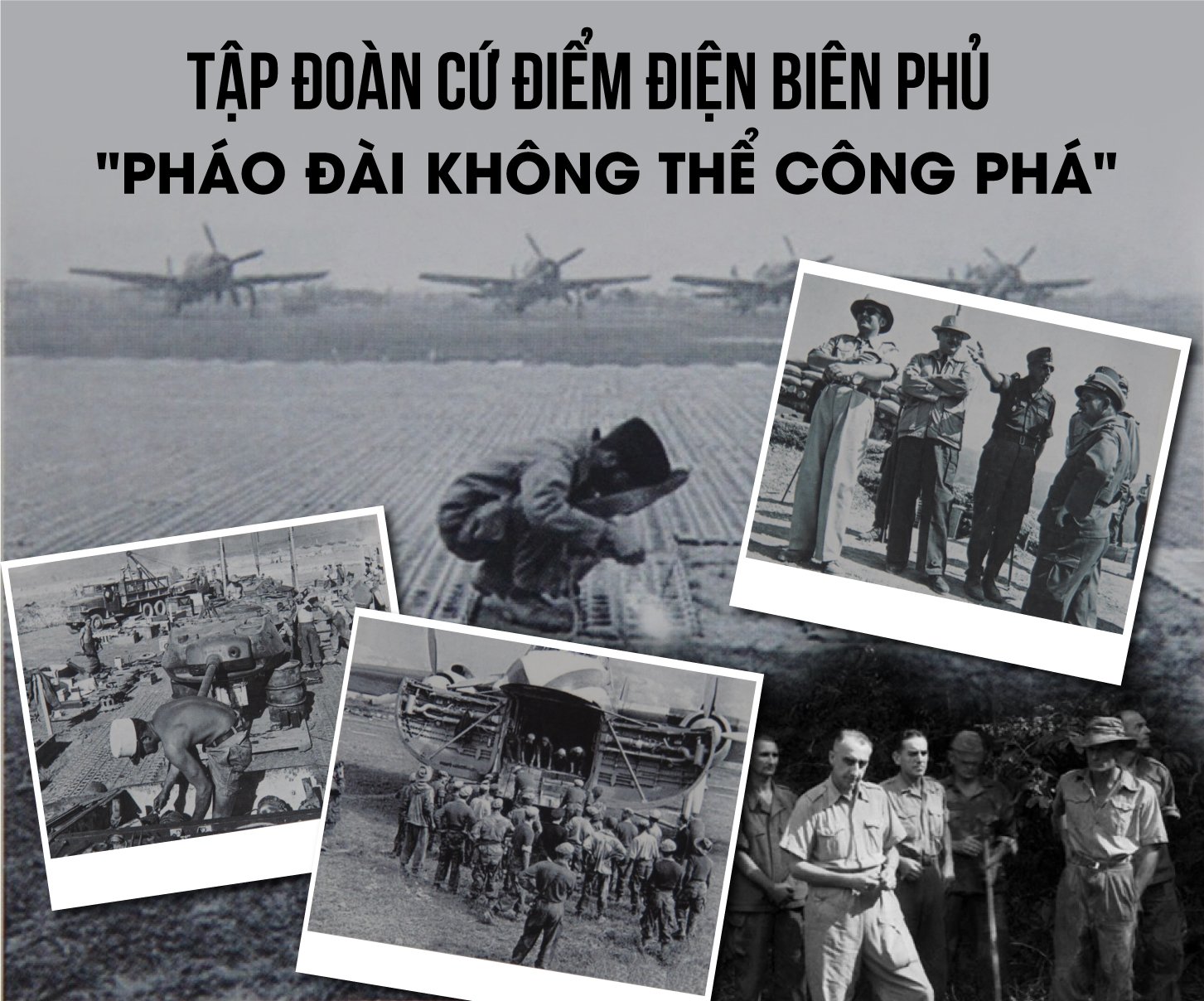

By the end of 1953, the Indochina War had lasted for 8 years, the French army was in a passive position and was sinking deeper and deeper into defeat on almost all battlefields. The French economy at that time was almost no longer able to bear and pay for the war expenses of French soldiers and their henchmen in Indochina anymore and France had to ask for both economic and military assistance from the United States. In that context, the French Government wanted to find an acceptable peaceful solution to end the war, but on the other hand wanted to maintain their interests in Indochina. Therefore, France appointed Commander-in-Chief Henri Navarre to Indochina to seek a decisive military victory as a basis for a peace discussion on a position of strength. Before the 1953-1954 dry season, in terms of military strength, France was far ahead.
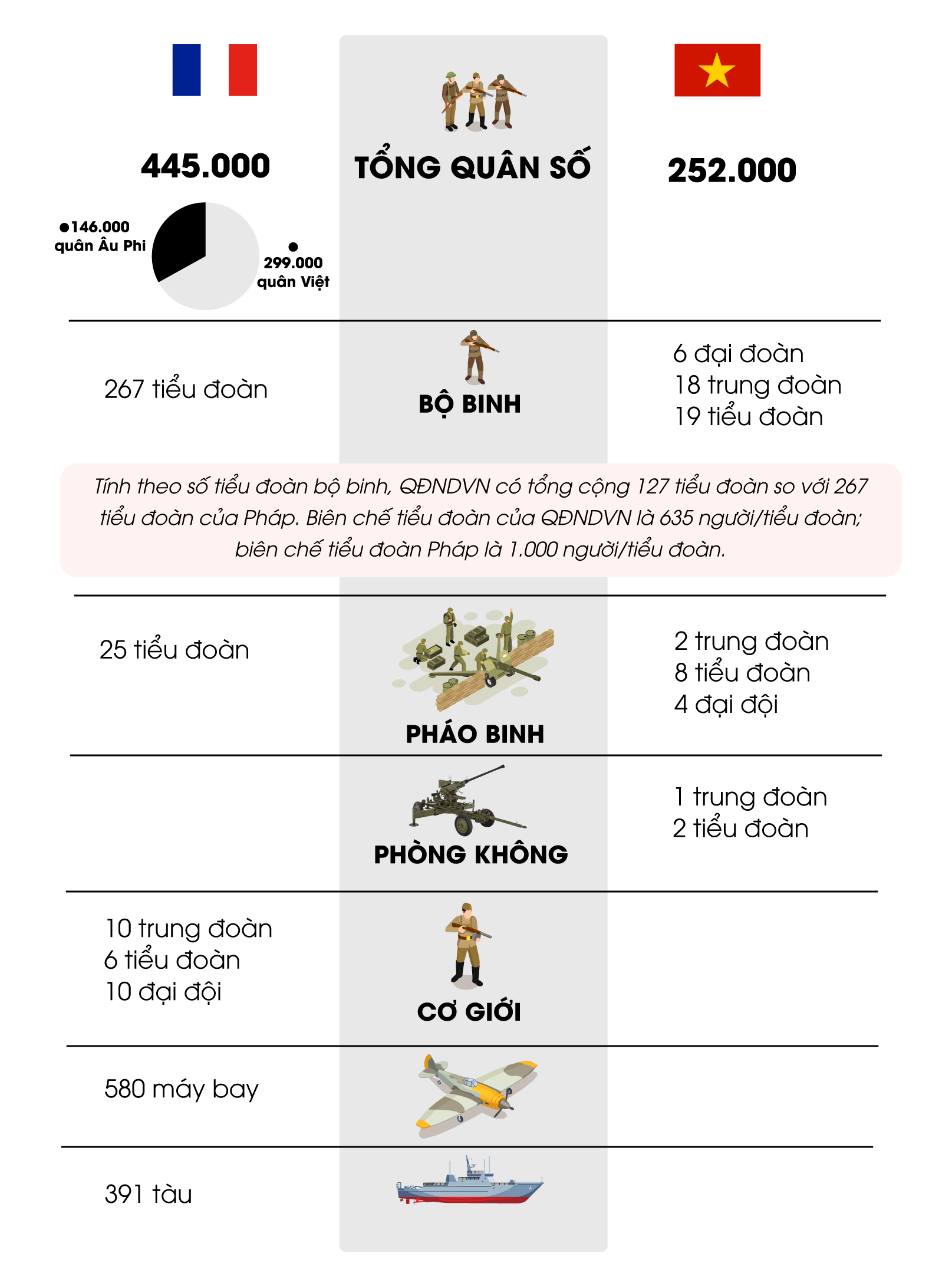
Although the French had overwhelming advantages in terms of numbers, equipment, and technology, the people's war strategy, thoroughly applying the guerrilla warfare method of the Vietnam People's Army (VPA), forced the French to disperse their forces across the battlefields. Not only could the French not concentrate all of that advantage in one decisive battle, but they also did not have enough forces to launch a major attack on the main forces of the VPA in the North. Of the total 267 battalions, 185 battalions had to directly carry out occupation tasks, leaving only 82 battalions for tactical and strategic mobility tasks. More than half of the French mobile forces, 44 battalions, had to be concentrated in the North to deal with the main forces of the VPA. At this time, if we count the total number of battalions on the Northern battlefield, the Vietnam People's Army force was only about 3/4 of the French force (76 battalions/112 battalions), but if we only count the strategic mobile force, the Vietnam People's Army force was superior in terms of the number of battalions (56/44).


Dien Bien Phu is a fertile valley in the Northwest of Vietnam. 15 km long, 5 km wide, in the middle of the valley is the Nam Rom River flowing through the fields cultivated by the Thai people all year round. There is a small field airport there that has been abandoned since the Japanese fascists left Indochina in 1945, located along the Nam Rom River to the north of the basin. Dien Bien Phu is 300 km west of Hanoi, 80 km south of Lai Chau. Surrounded by rolling hills and forests, it easily becomes an easy hiding place for guerrillas. Like Lai Chau and Na San, Dien Bien Phu is a strategic point protecting Northwest Laos and the capital Luang Prabang. The Dien Bien Phu stronghold was established to guard Northwest Vietnam, controlling the connection with Upper Laos to act as a trap, challenging the main force of the Viet Minh to attack. According to the French plan, the Viet Minh army would be crushed there.
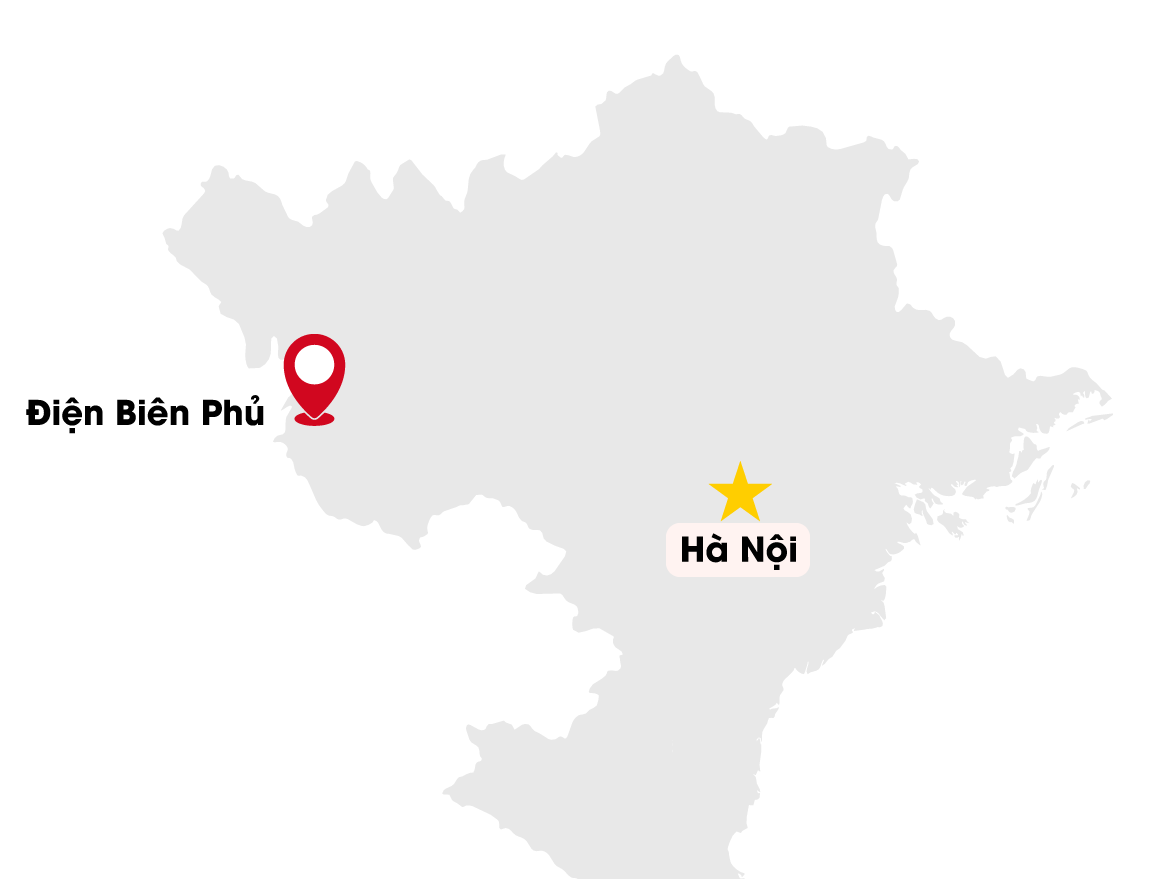

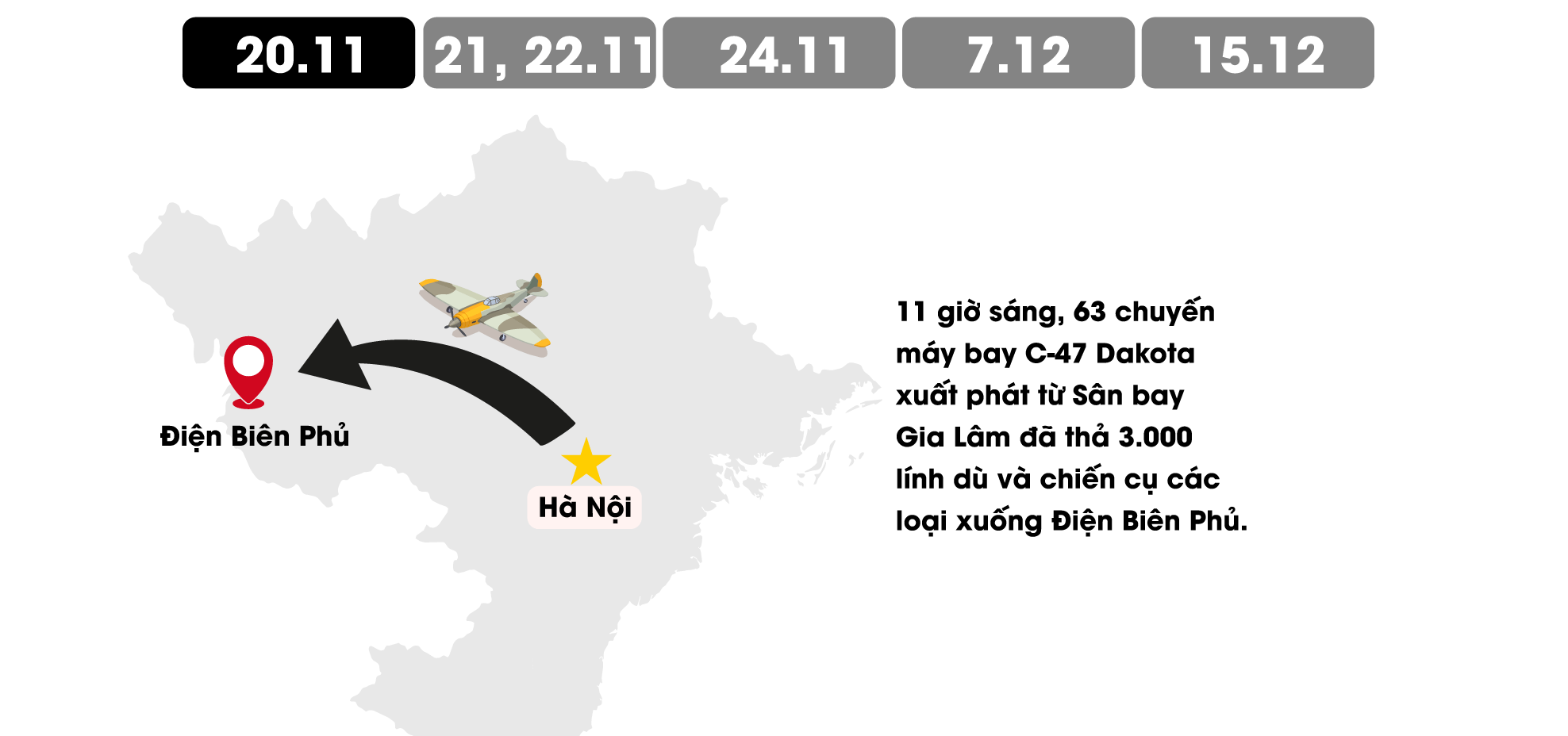


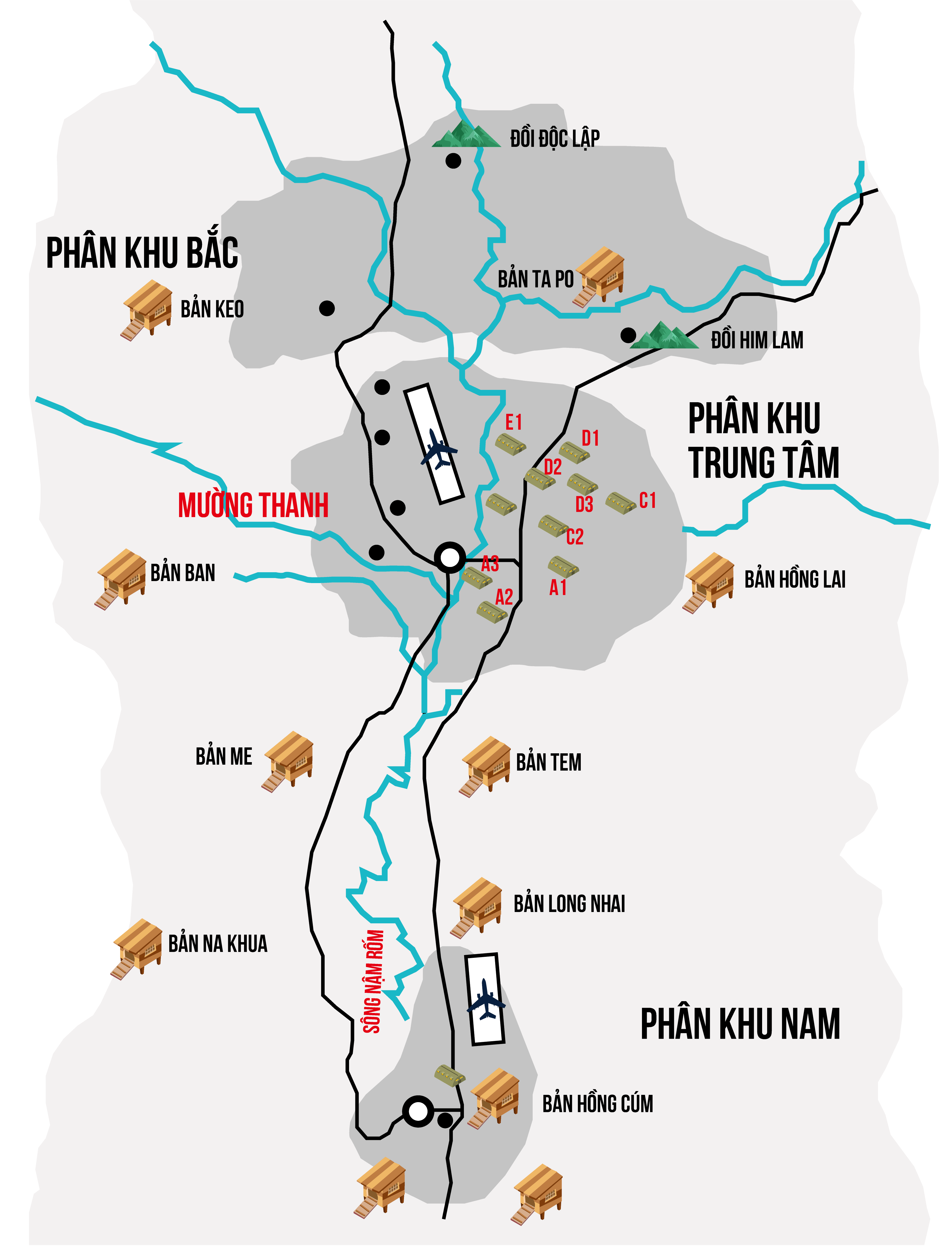
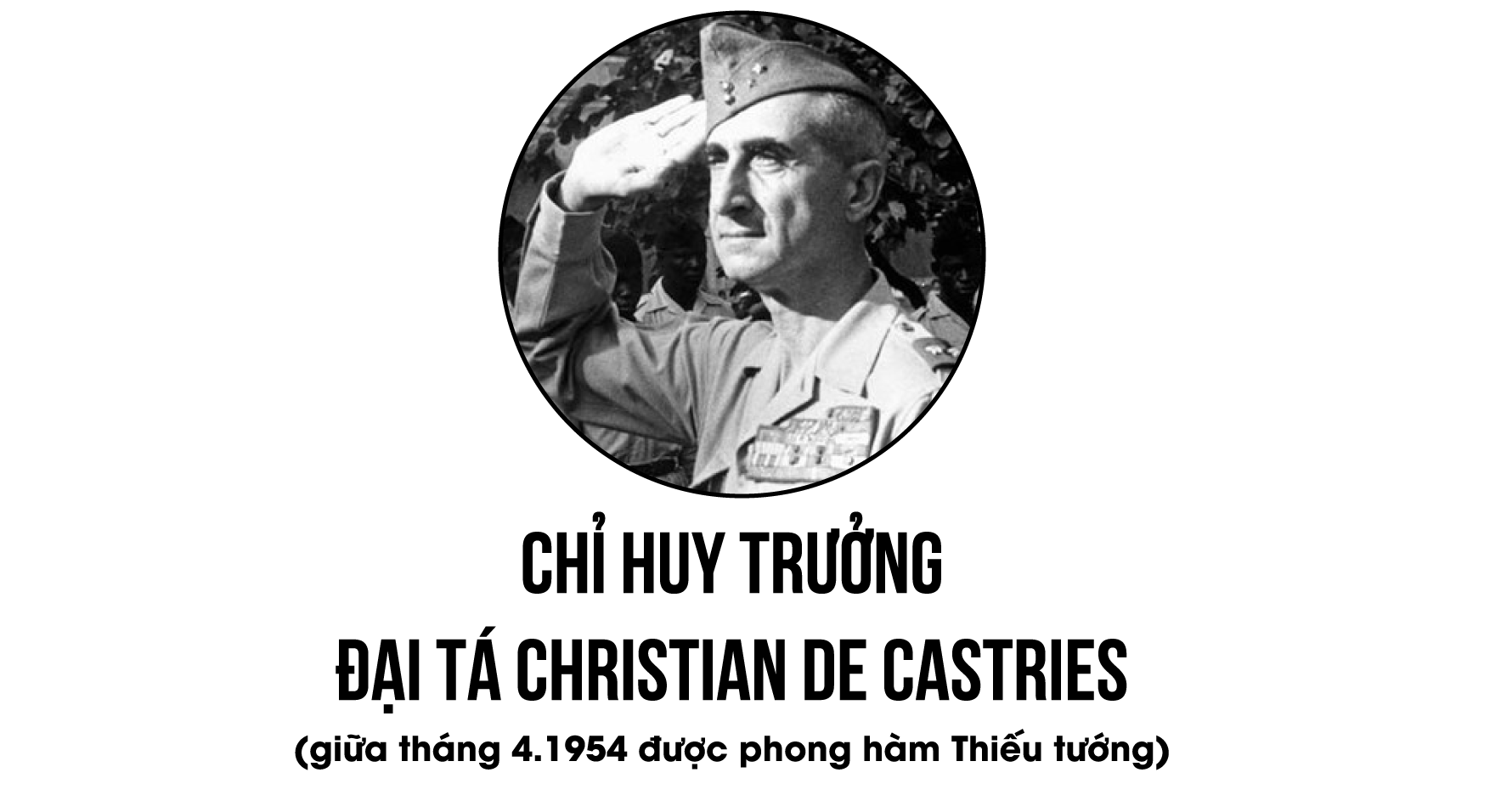 The French firepower equipped at each base usually included: 4 heavy machine guns, 40 to 45 submachine guns, 9 medium machine guns, 9 grenade launchers, 2 60mm mortars and 1 57mm recoilless rifle. At important bases, the number of troops was increased, so were the weapons depending on the need. In particular, there were also new weapons such as flamethrowers, smoke-proof vehicles and infrared guns to shoot at night without lights. When building the Dien Bien Phu base group, Navarre built 2 airports, the main airport was Muong Thanh and the reserve airport was Hong Cum. These two airports were connected to Hanoi and Hai Phong by an air bridge, with an average of nearly 100 times a day of transport planes delivering about 200 - 300 tons of goods, and parachuting about 100 - 150 tons. In total, France mobilized 100 C-47 Dakota aircraft, plus 16 American C-119 aircraft. Bombers included 48 B-26 Invaders, 8 Privateer heavy bombers. Attack aircraft included 227 F6F Hellcats, F8F Bearcats and F4U Corsairs.
The French firepower equipped at each base usually included: 4 heavy machine guns, 40 to 45 submachine guns, 9 medium machine guns, 9 grenade launchers, 2 60mm mortars and 1 57mm recoilless rifle. At important bases, the number of troops was increased, so were the weapons depending on the need. In particular, there were also new weapons such as flamethrowers, smoke-proof vehicles and infrared guns to shoot at night without lights. When building the Dien Bien Phu base group, Navarre built 2 airports, the main airport was Muong Thanh and the reserve airport was Hong Cum. These two airports were connected to Hanoi and Hai Phong by an air bridge, with an average of nearly 100 times a day of transport planes delivering about 200 - 300 tons of goods, and parachuting about 100 - 150 tons. In total, France mobilized 100 C-47 Dakota aircraft, plus 16 American C-119 aircraft. Bombers included 48 B-26 Invaders, 8 Privateer heavy bombers. Attack aircraft included 227 F6F Hellcats, F8F Bearcats and F4U Corsairs. 
The Dien Bien Phu stronghold was the highest and final effort of France and the United States to completely resolve the situation in Indochina at that time. Although it was not included in the strategic plan of the 7th general, in the end, the northwestern border gate of Vietnam became the key point of the Navarre plan.
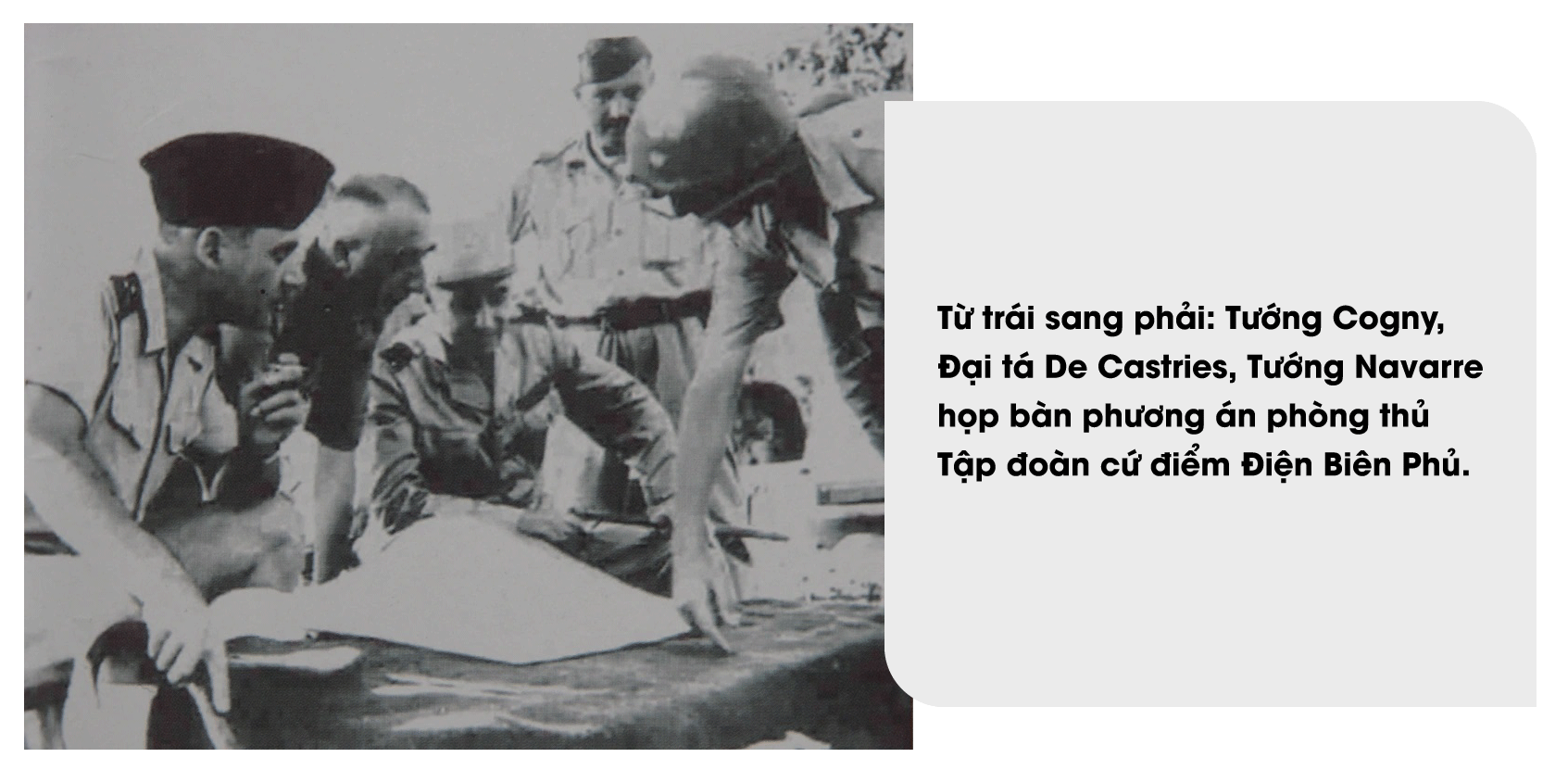
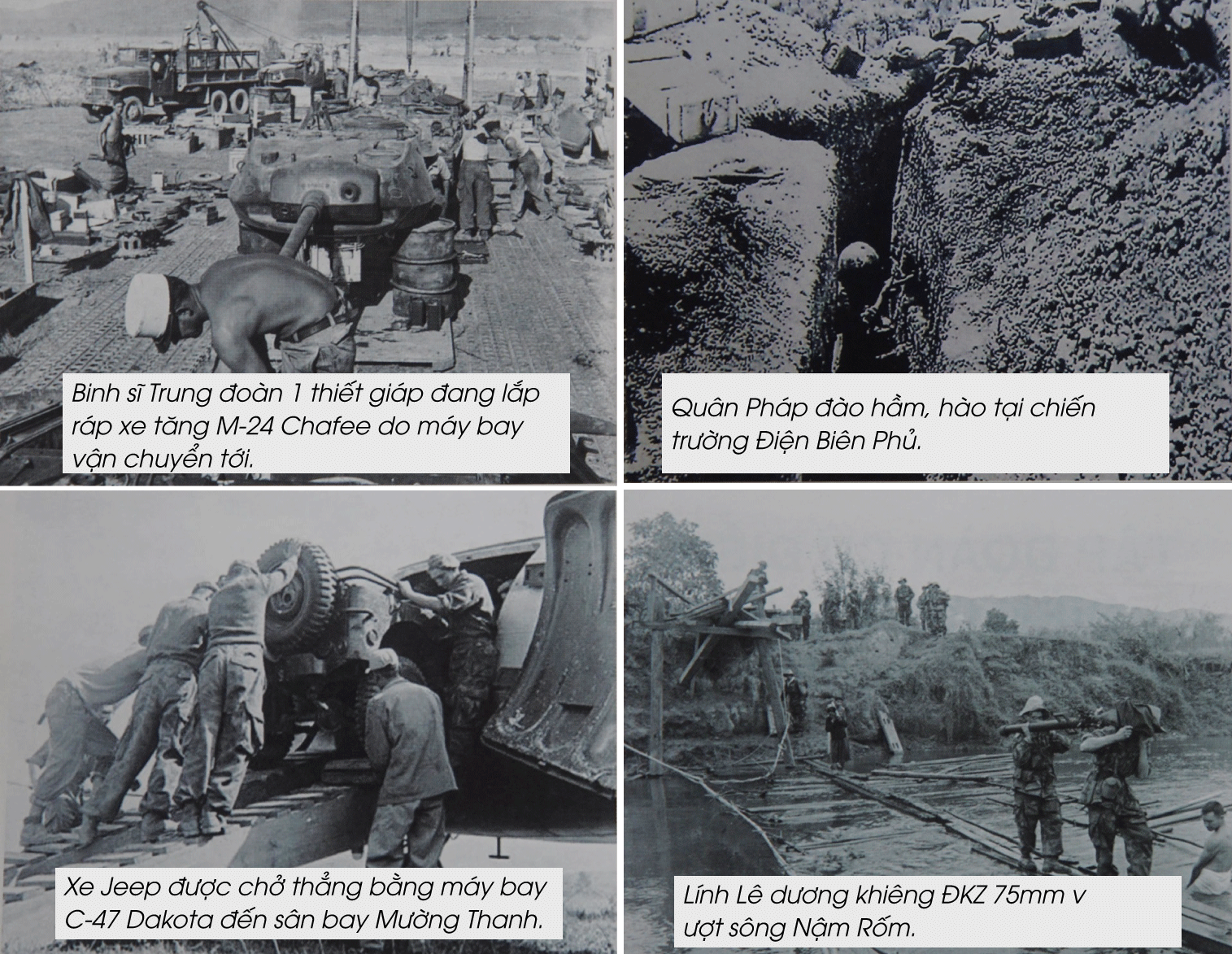

As for the Vietnam People's Army, since the border with China was connected, it received valuable military aid from the Soviet Union and China. Since then, the Vietnam People's Army has become much stronger and more mature than before 1950. The Vietnam People's Army with its infantry divisions (then called regiments) and artillery and engineering regiments had a lot of experience in destroying French battalions entrenched in their fortified bunkers. Anti-aircraft artillery units were also built (in early 1954, the Vietnam People's Army had 76 37mm anti-aircraft artillery pieces and 72 DShK anti-aircraft machine guns, in addition to several dozen M2 Brownings captured from the French), thus reducing the French air superiority.
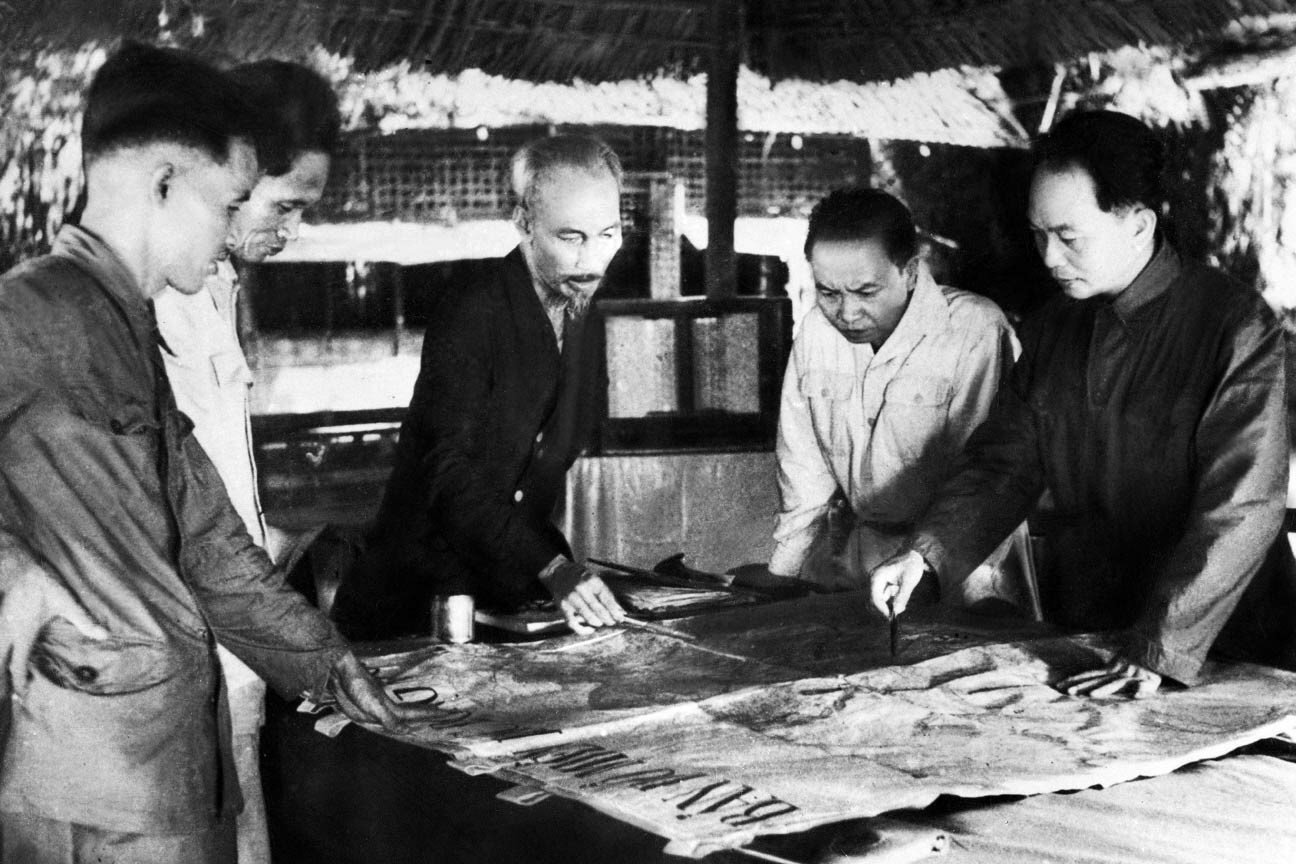
On December 6, 1953, the Politburo held a meeting chaired by President Ho Chi Minh to listen to the General Military Commission's report and final approval of the 1953-1954 Winter-Spring campaign plan, and at the same time decided to launch the Dien Bien Phu Campaign with the determination to destroy this stronghold group at all costs. (Photo: VNA documents)
The General Command of the Vietnam People's Army saw the Dien Bien Phu battle as an opportunity to destroy the enemy, create a resounding victory to end the long-term resistance war, and accepted the challenge of the French army to attack the Dien Bien Phu stronghold. This was a strategic decisive battle of the Vietnam People's Army. The Central Committee of the Vietnam Workers' Party (now the Communist Party of Vietnam) was determined: "Destroy the Dien Bien Phu stronghold to create a new turning point in the war, before the US imperialists intervened more deeply in Indochina". The time of operation in the Northwest would be divided into two phases: • Phase 1: Division 316 attacked Lai Chau and ended at the end of January 1954. After that, the troops rested and reorganized for about 20 days, concentrating all their forces to attack Dien Bien Phu. • Phase 2: Attack Dien Bien Phu. The estimated time to attack Dien Bien Phu was 45 days. If the French did not send more troops, it could be shortened. The campaign would end in early April 1954. Most of the force would then withdraw, while a remaining force would continue to expand into Laos with Lao troops besieging Luang Prabang.
Laodong.vn
Source
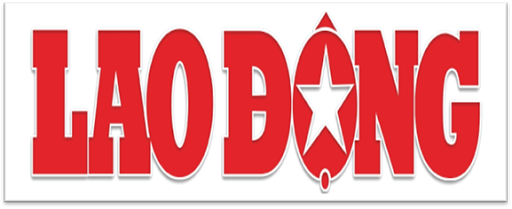
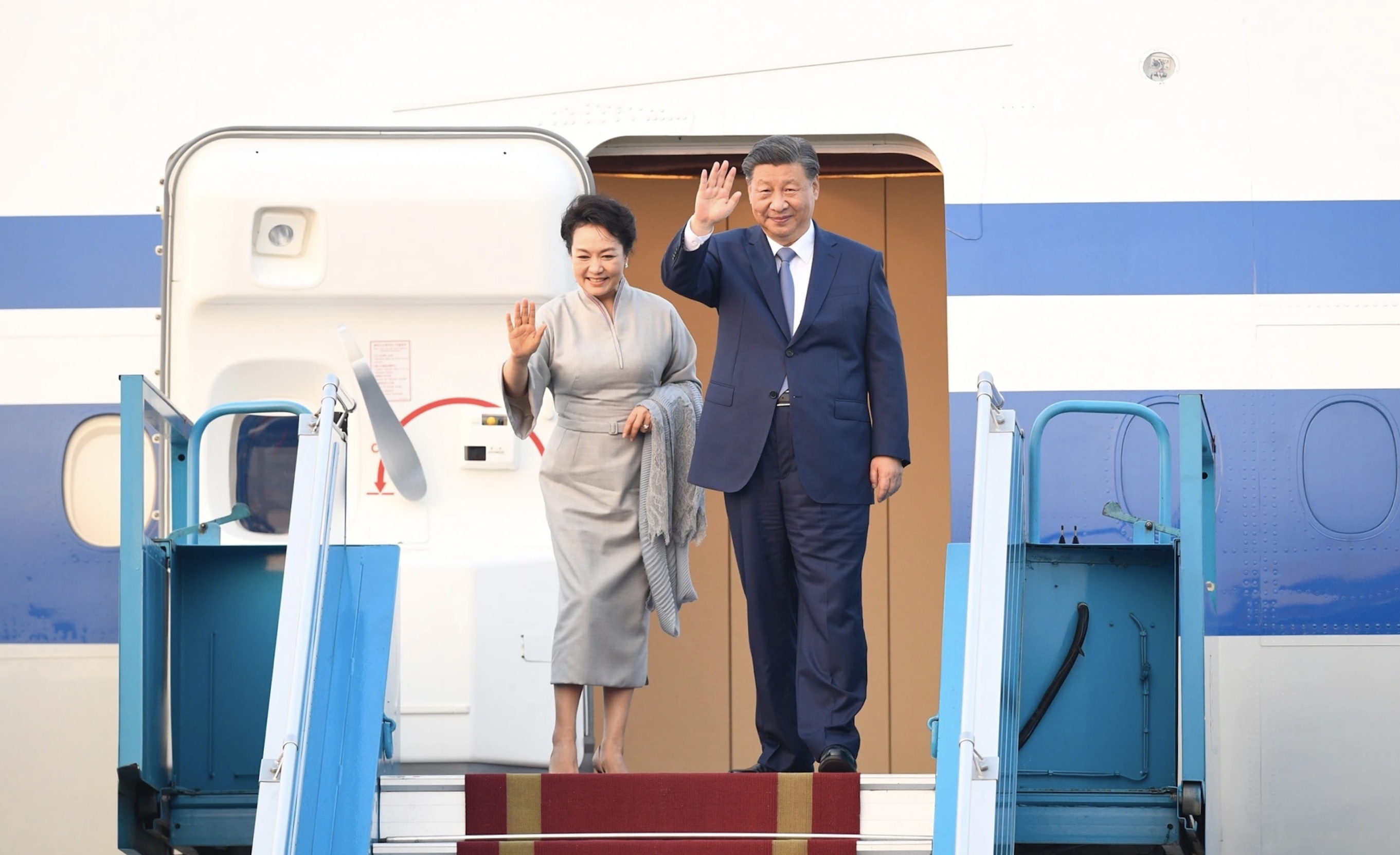
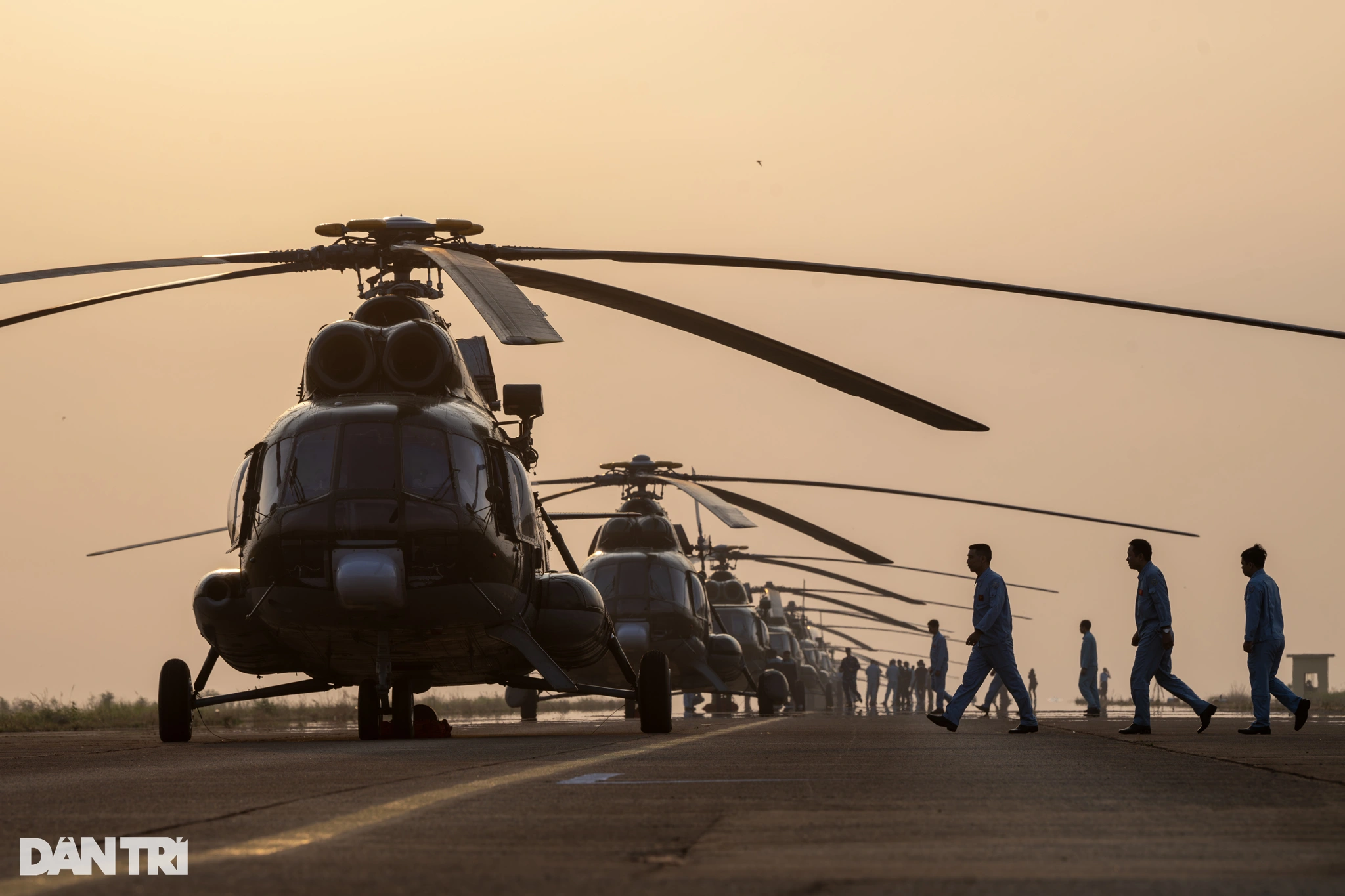
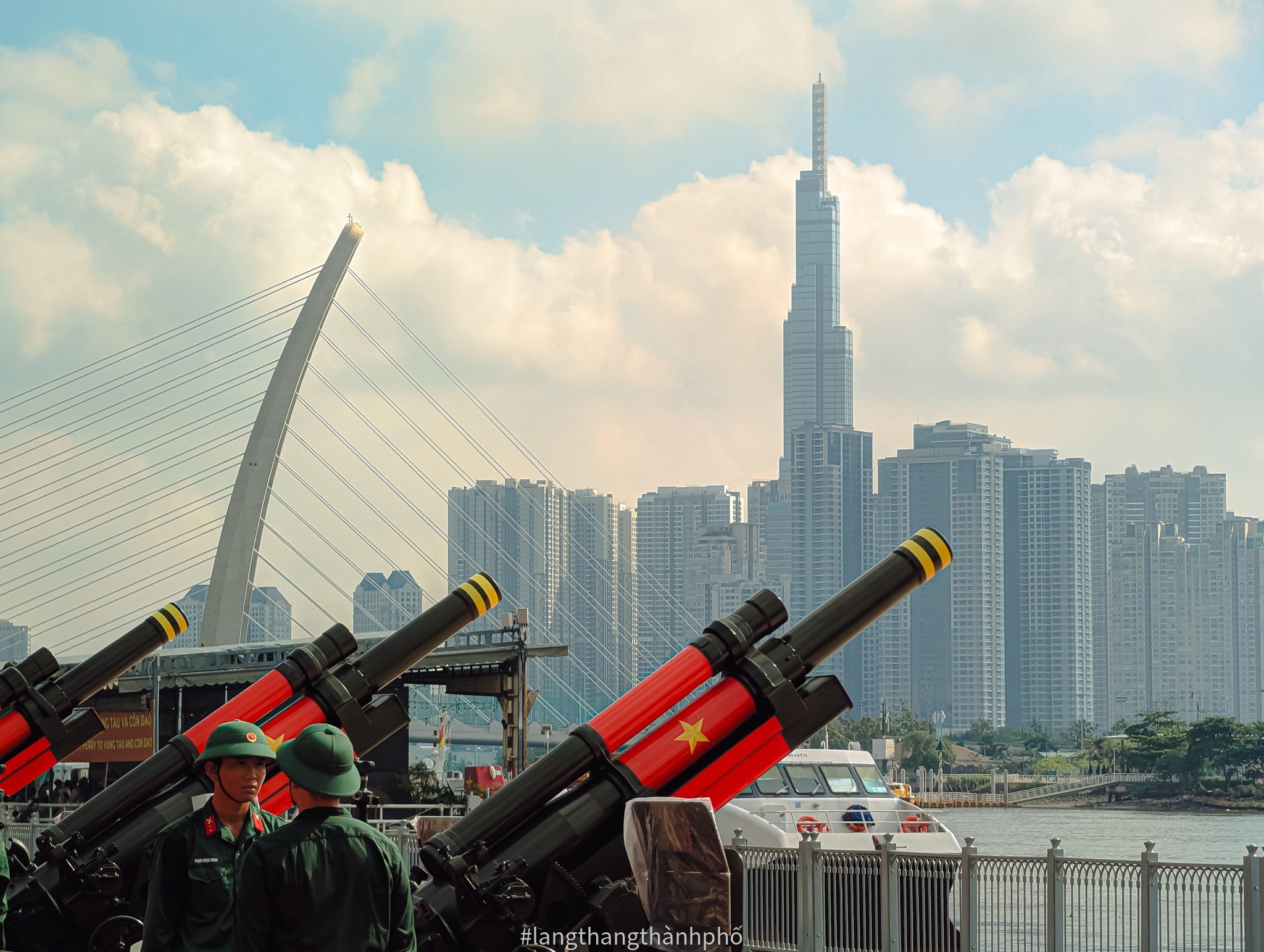
![[Photo] Overcoming all difficulties, speeding up construction progress of Hoa Binh Hydropower Plant Expansion Project](https://vstatic.vietnam.vn/vietnam/resource/IMAGE/2025/4/12/bff04b551e98484c84d74c8faa3526e0)
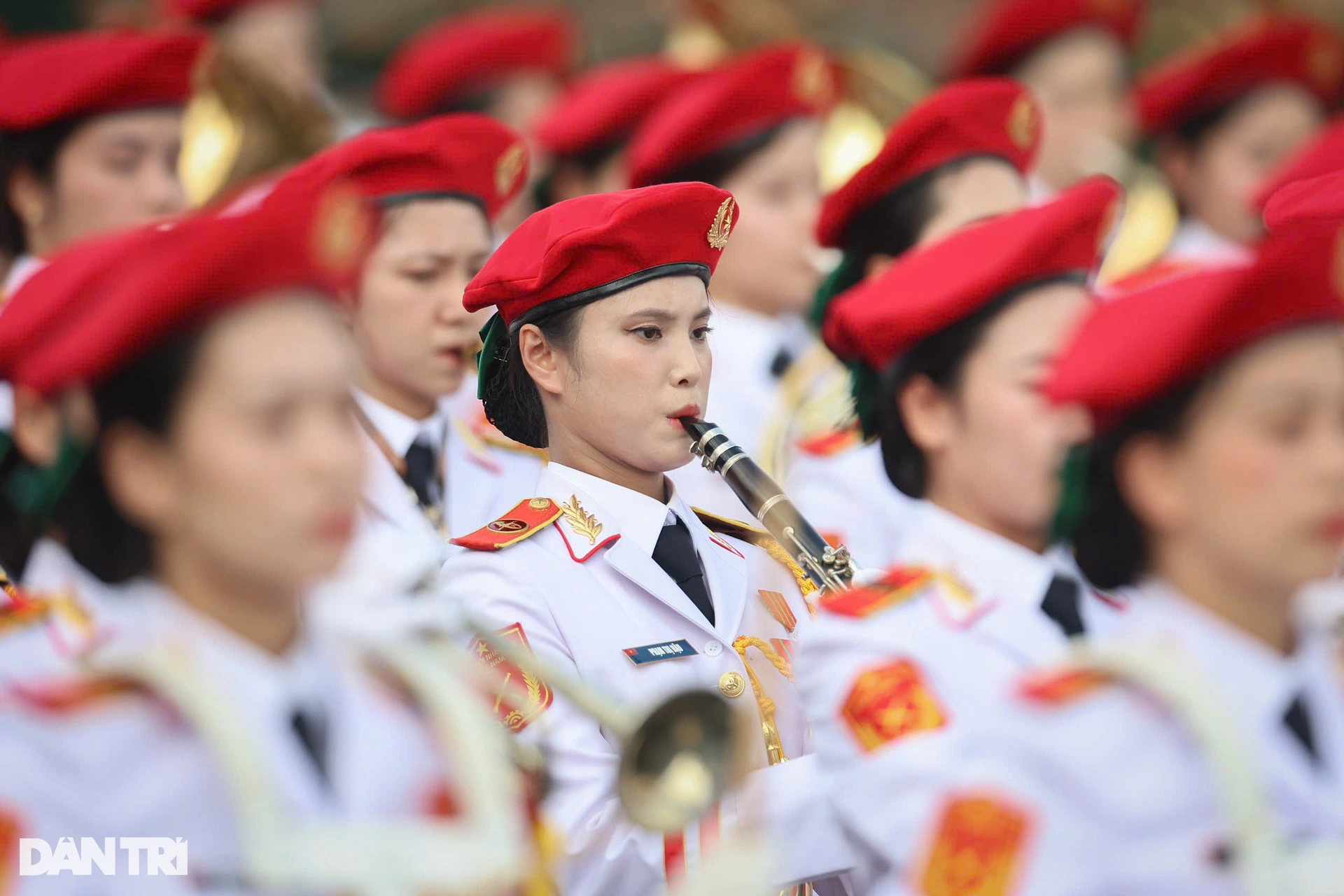
![[Photo] Closing of the 11th Conference of the 13th Central Committee of the Communist Party of Vietnam](https://vstatic.vietnam.vn/vietnam/resource/IMAGE/2025/4/12/114b57fe6e9b4814a5ddfacf6dfe5b7f)
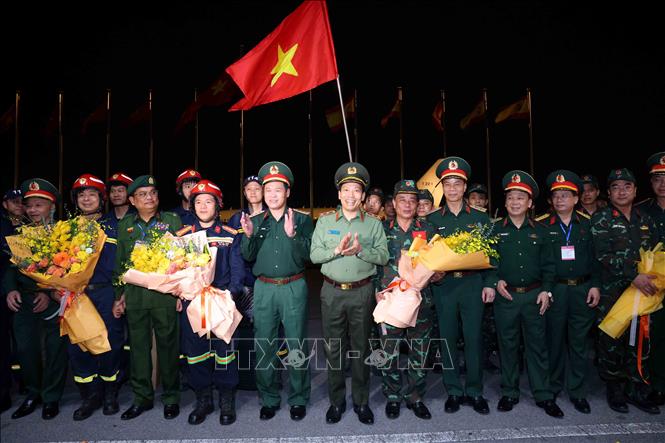

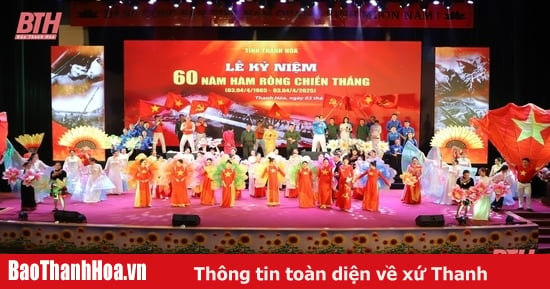

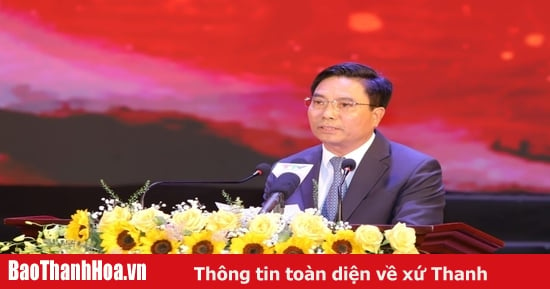
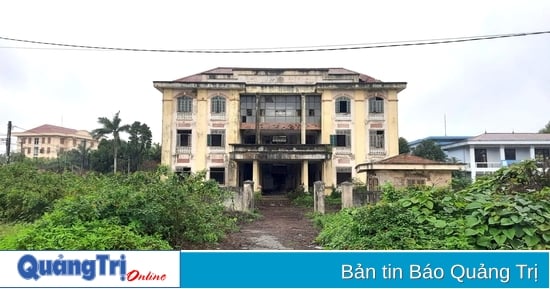
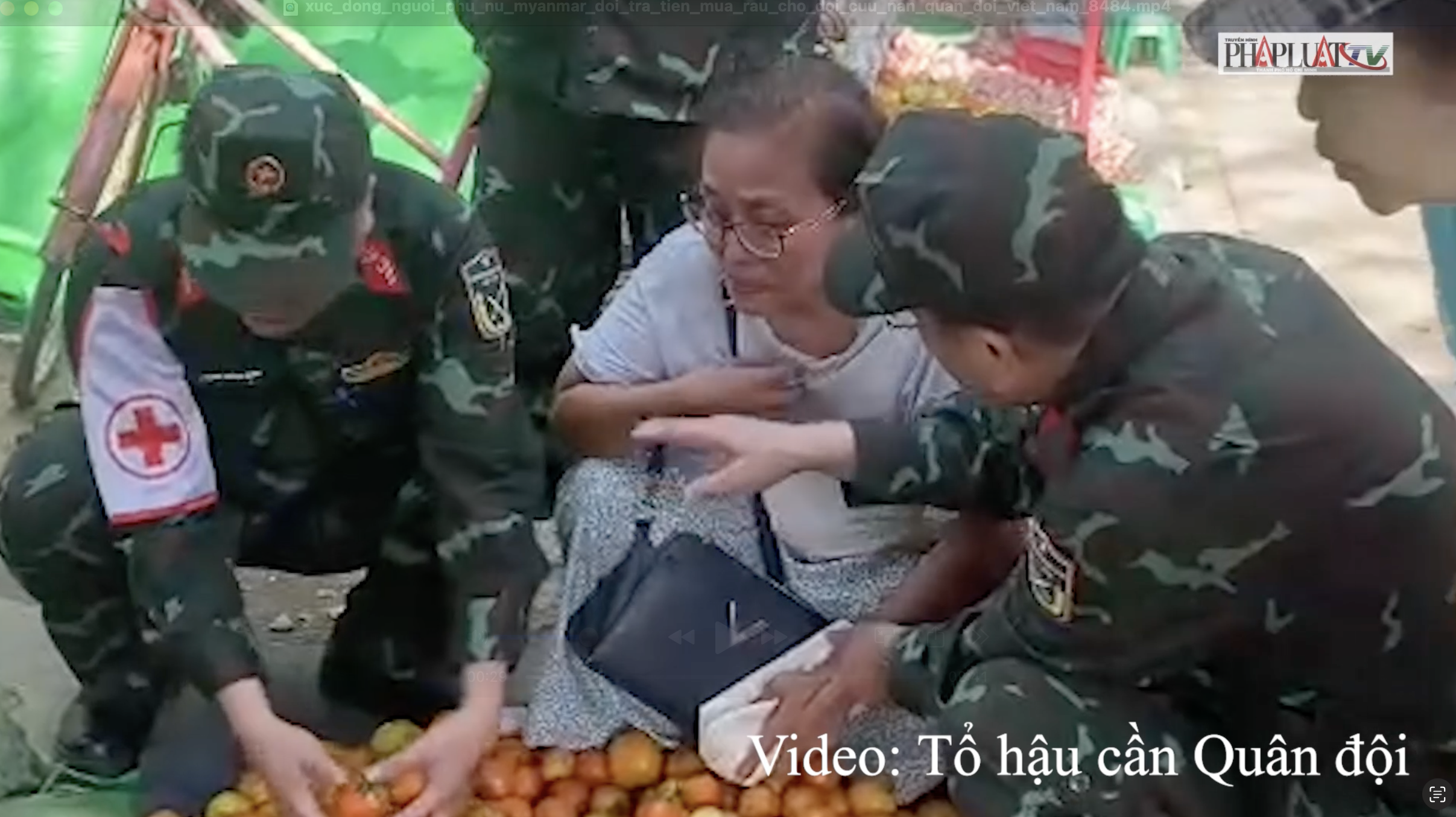
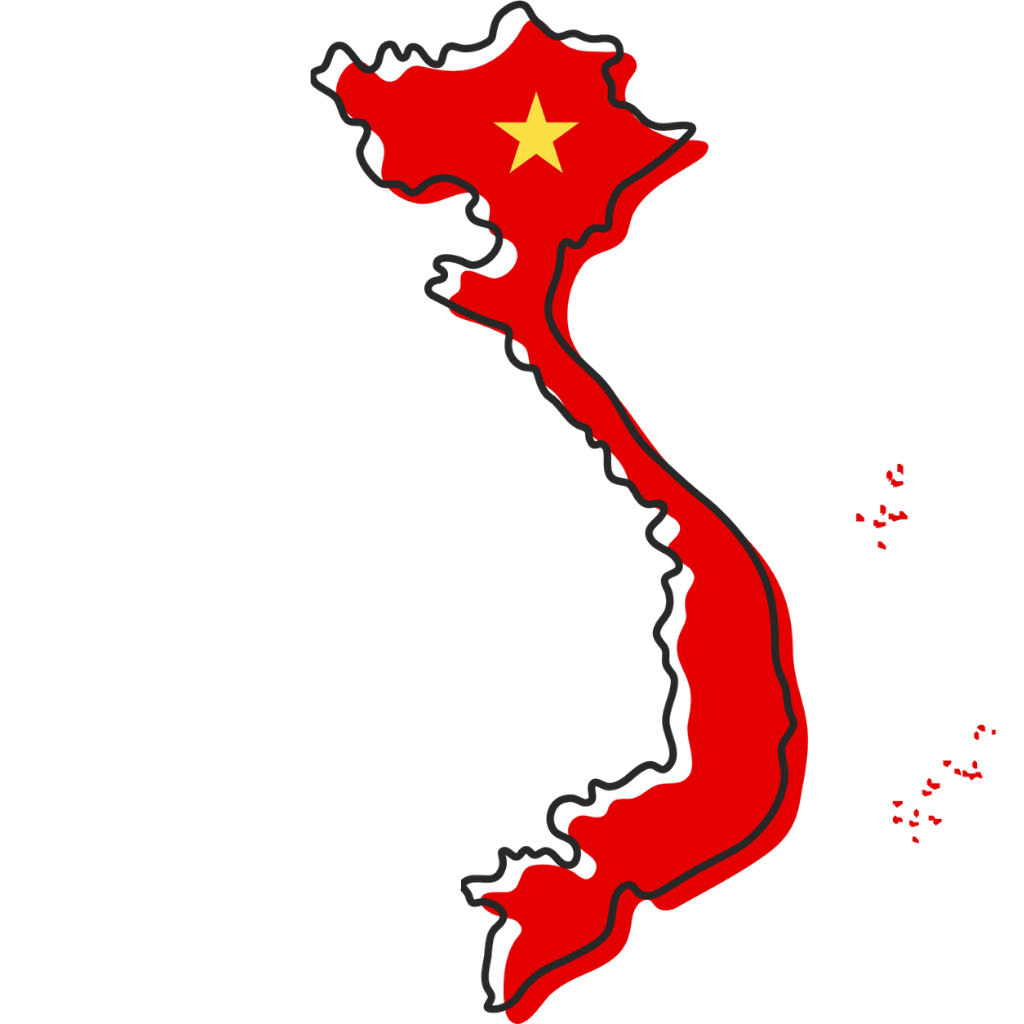


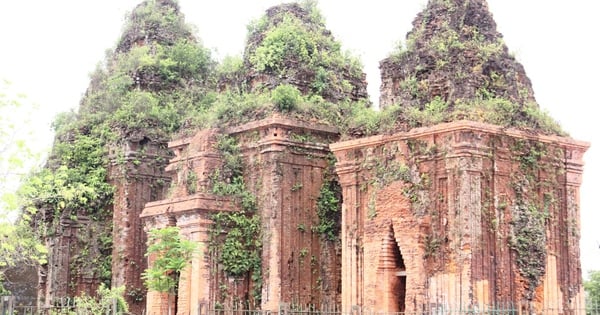



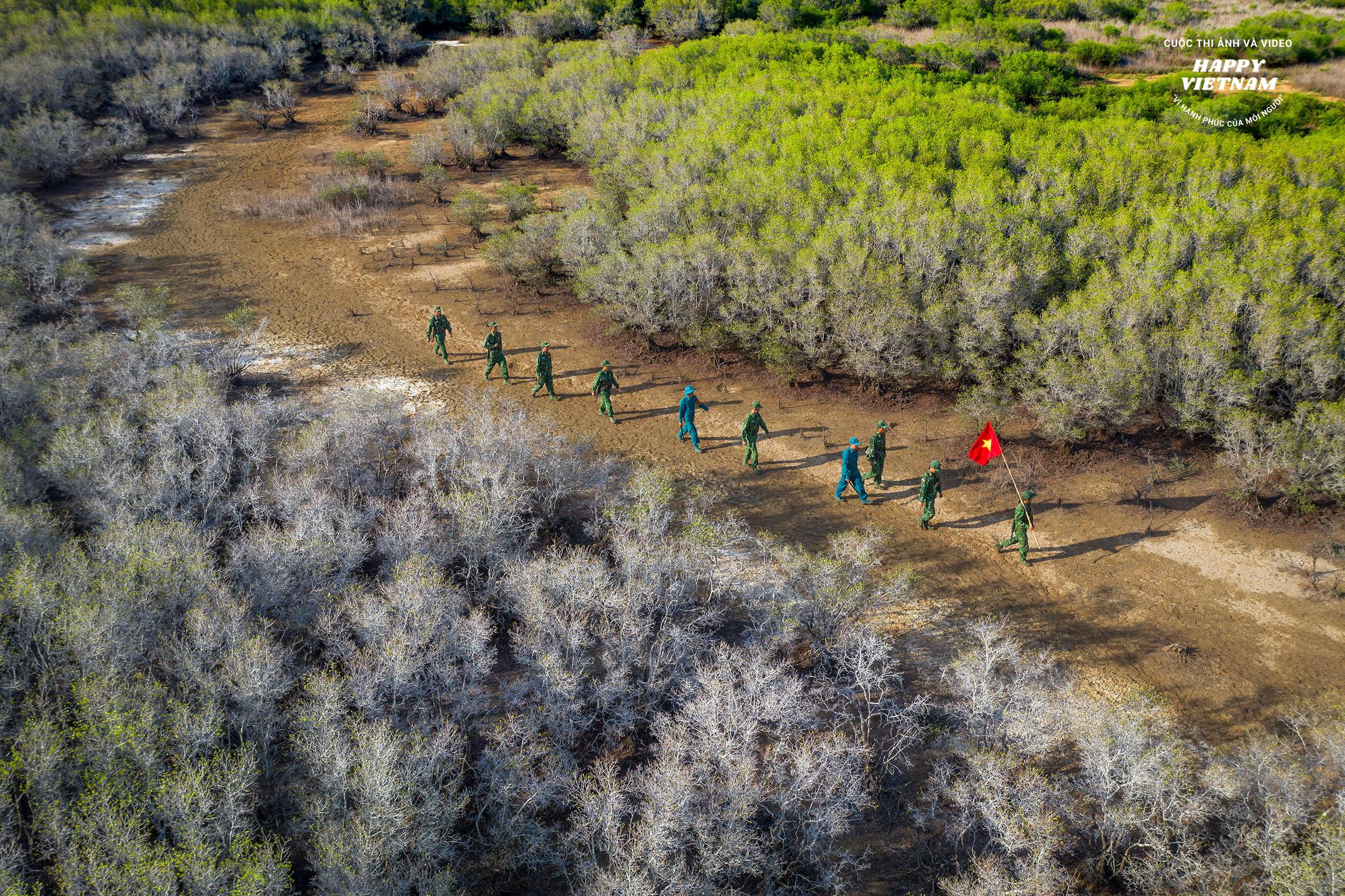
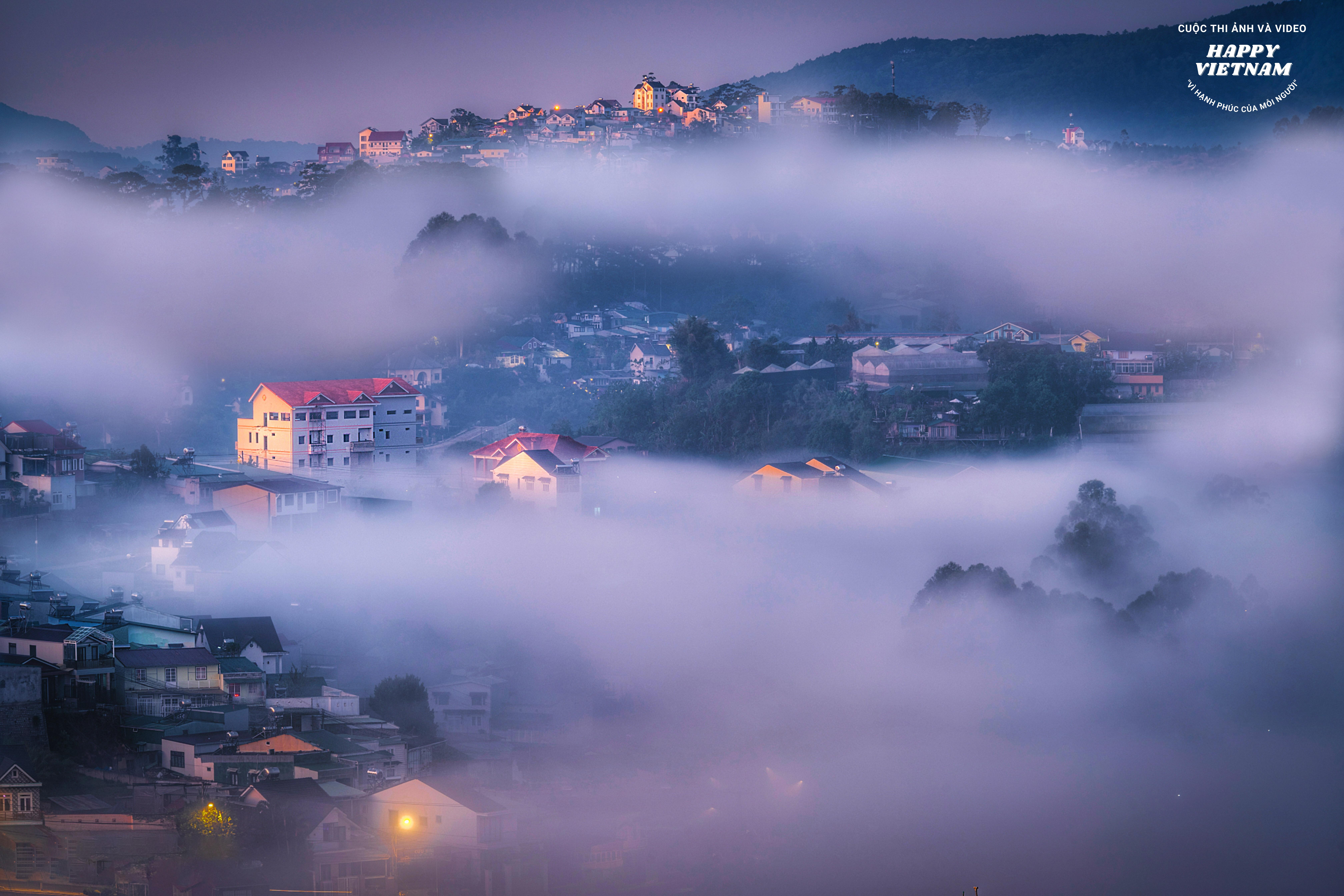
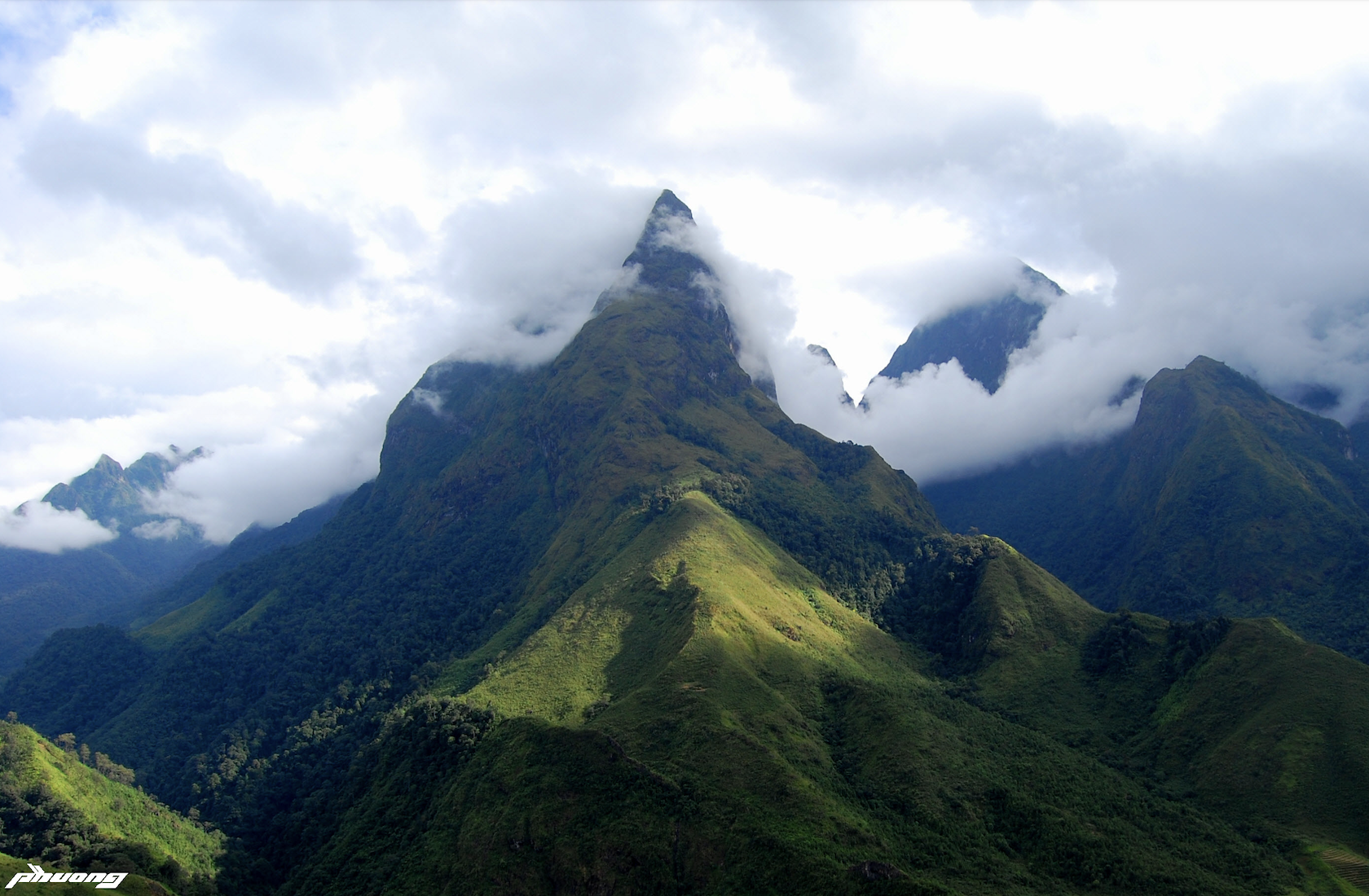

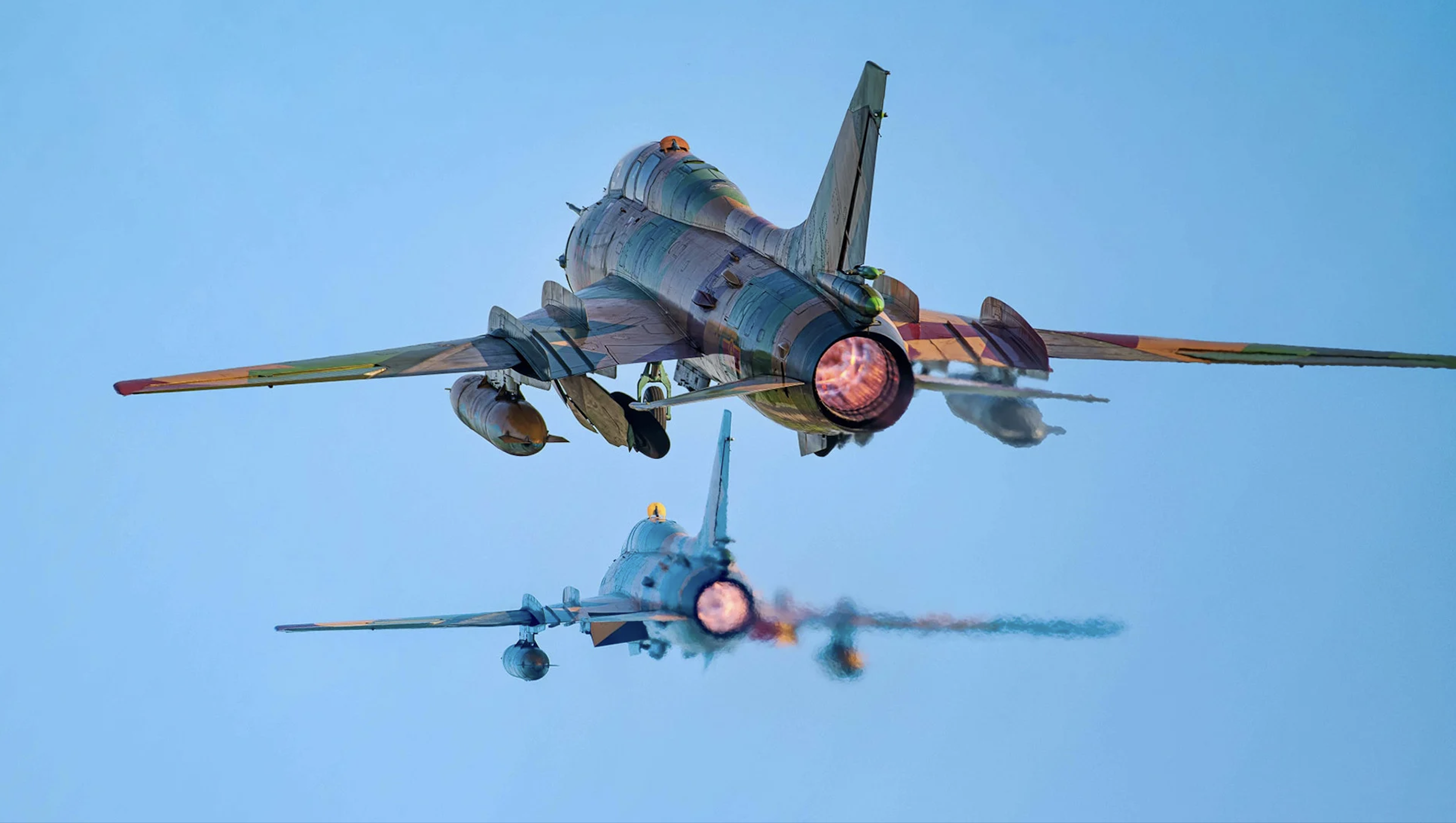

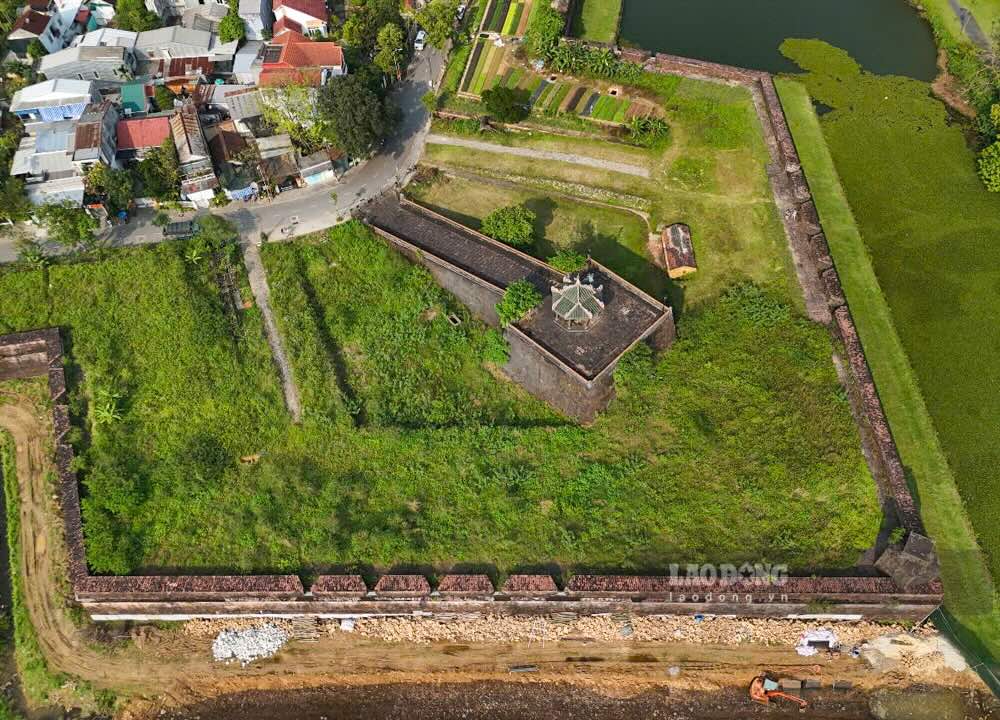
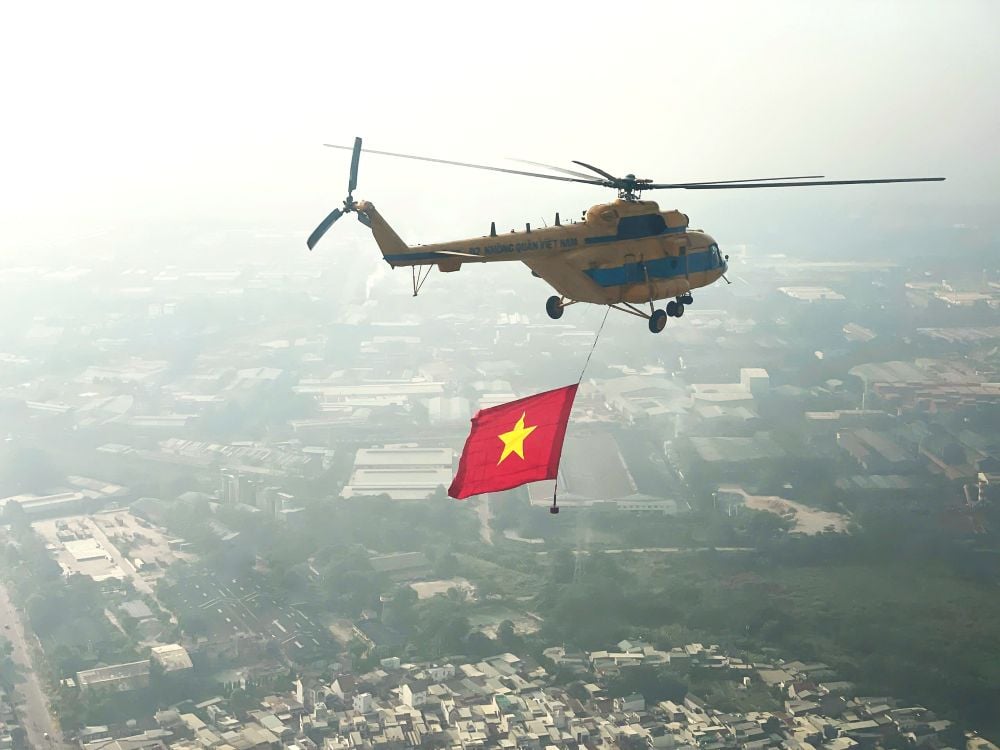

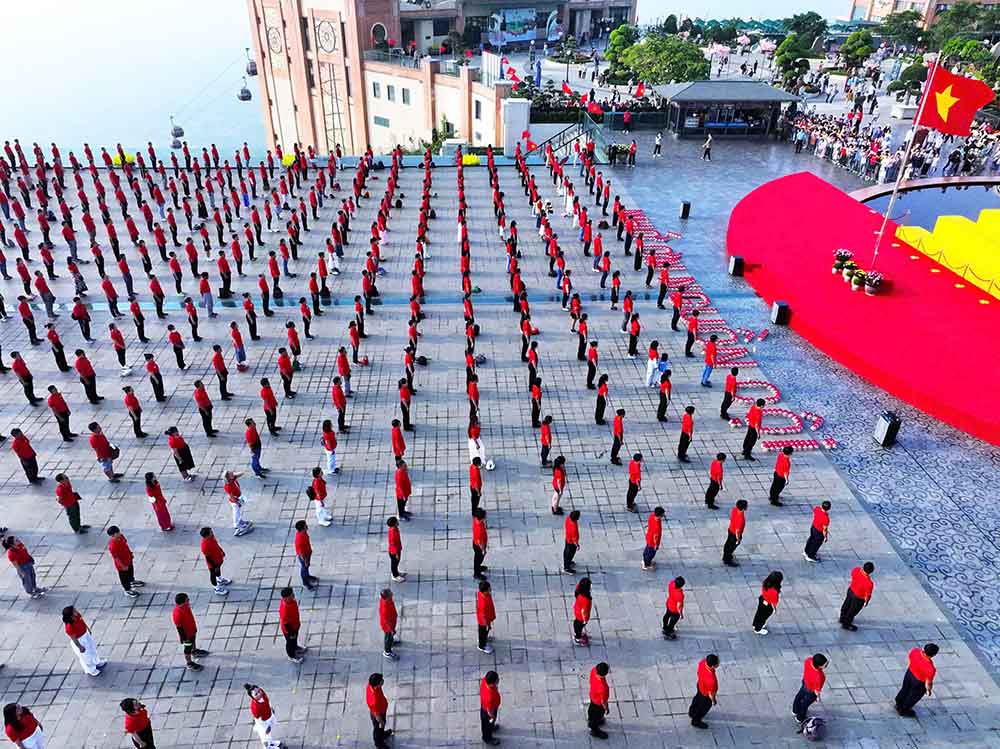
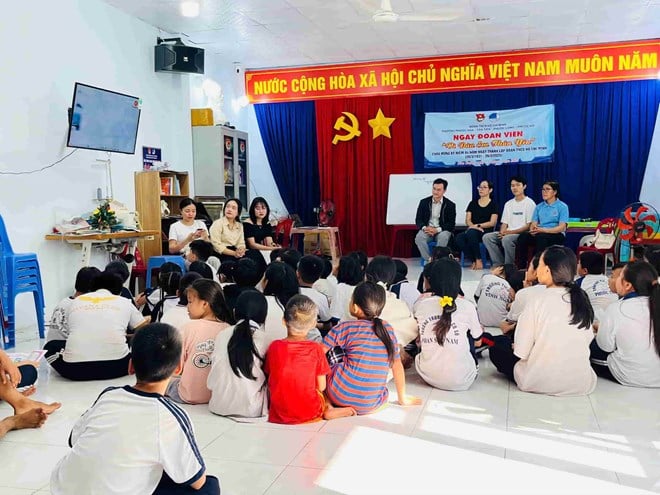
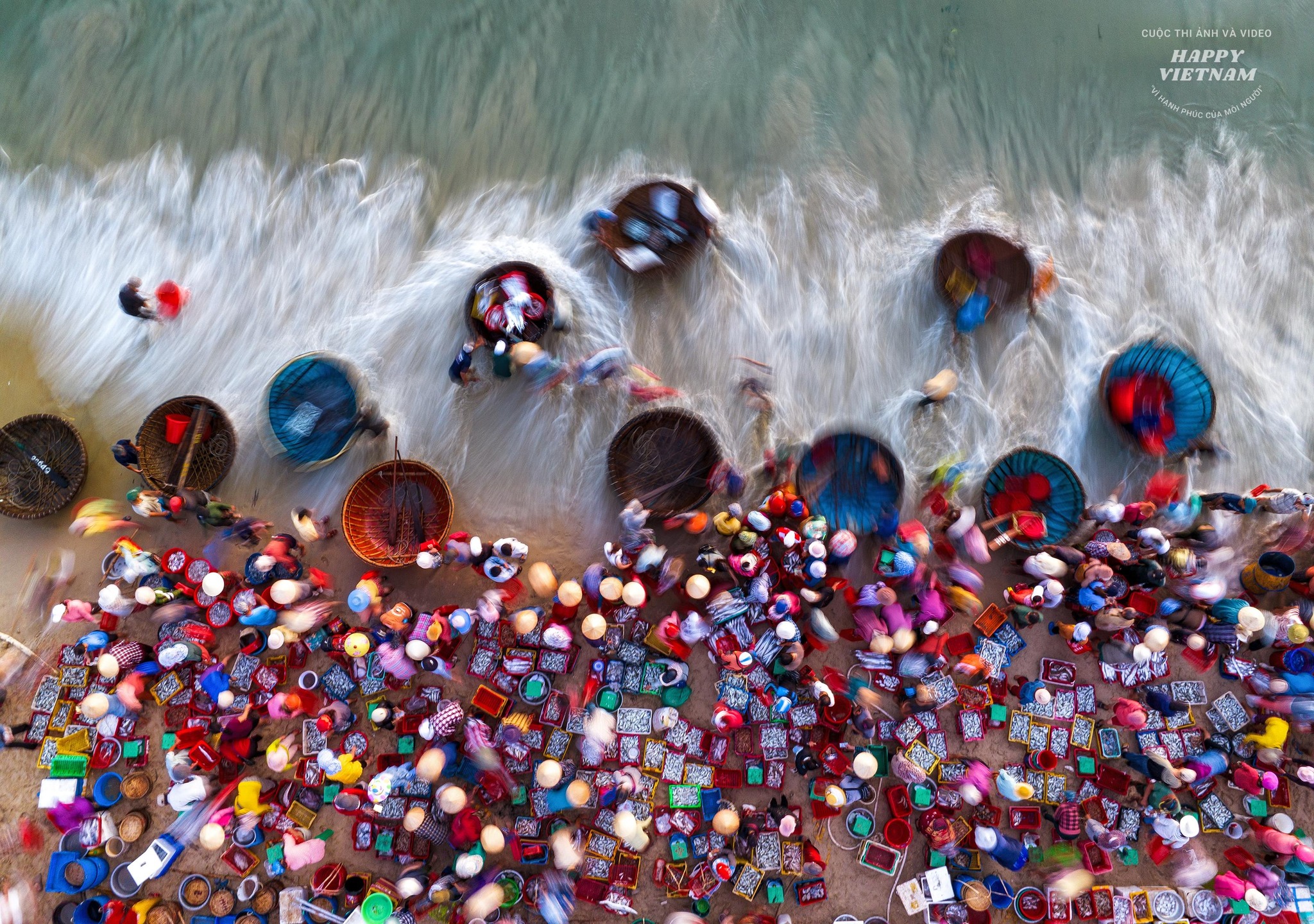
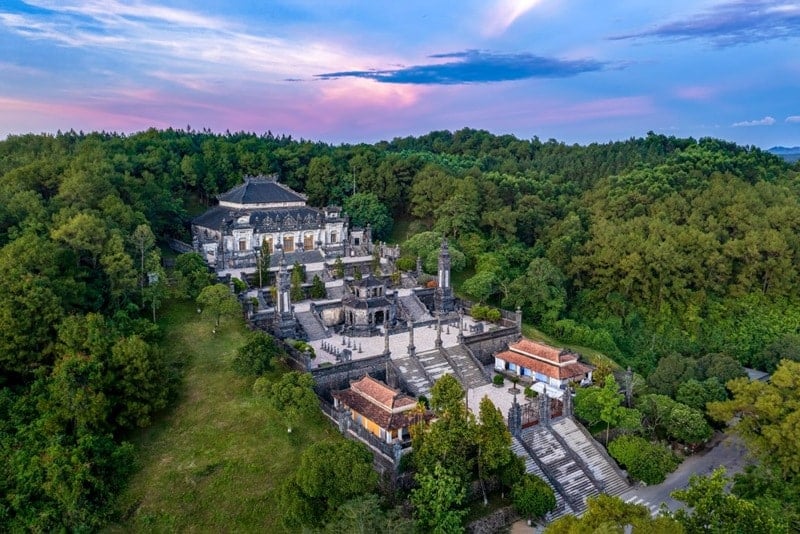

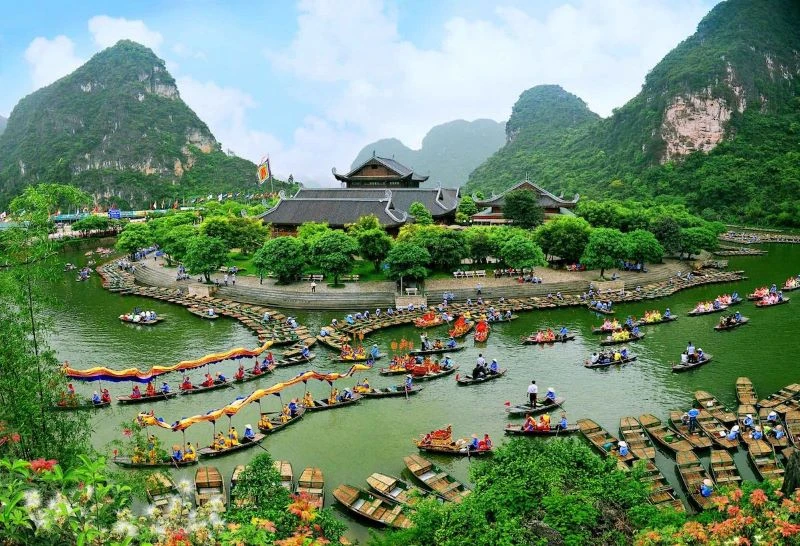

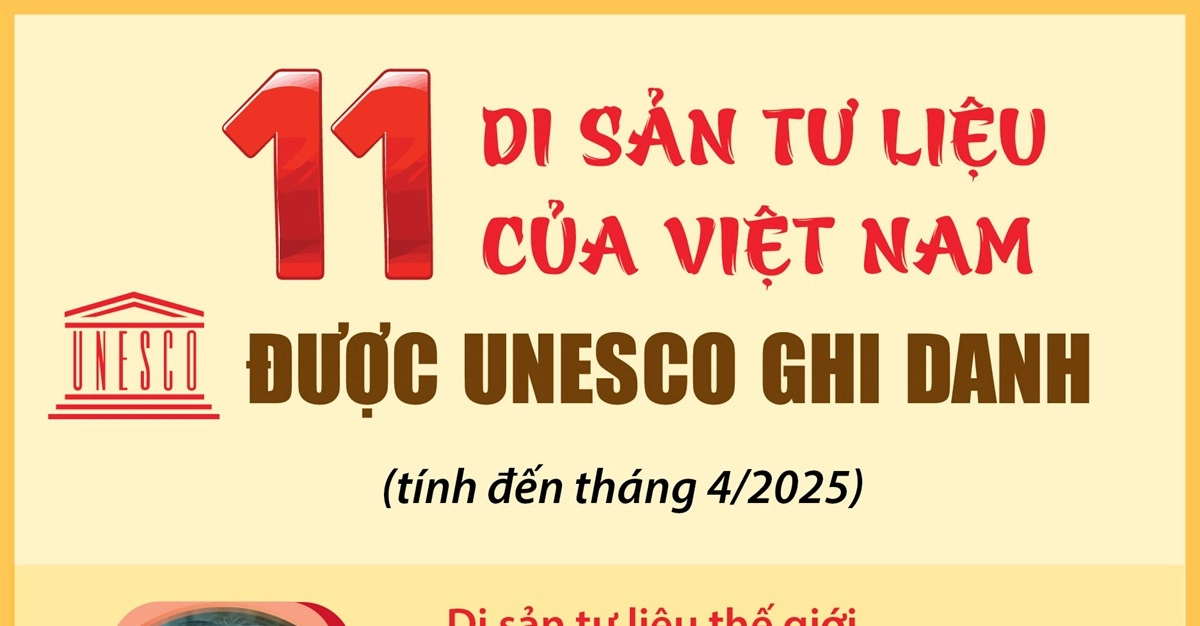
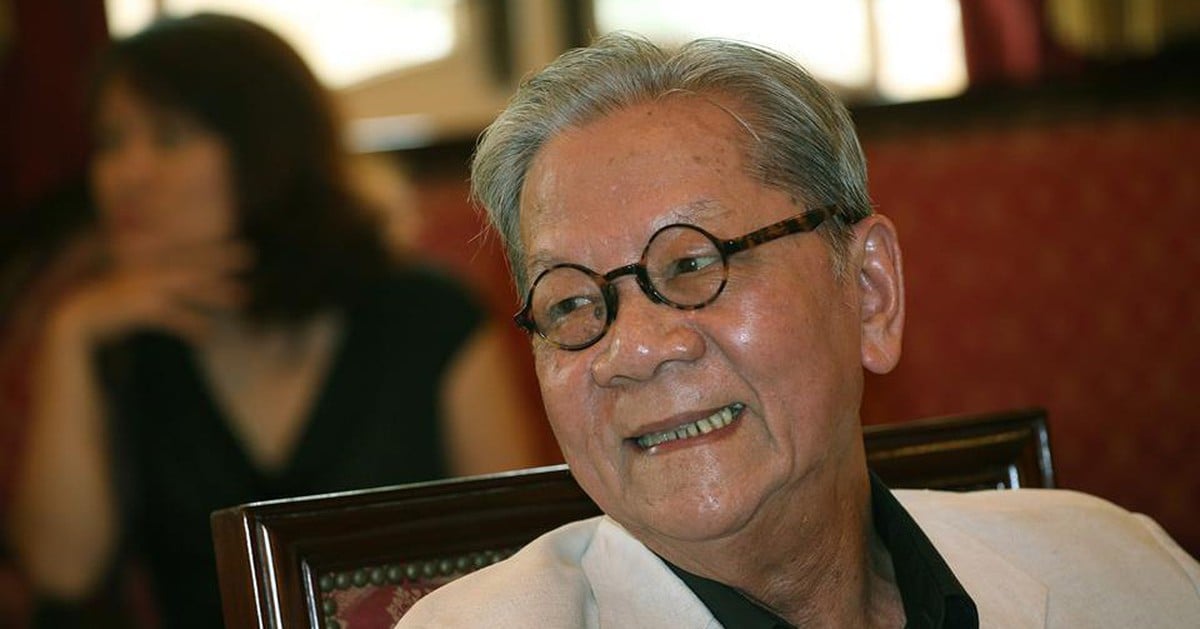
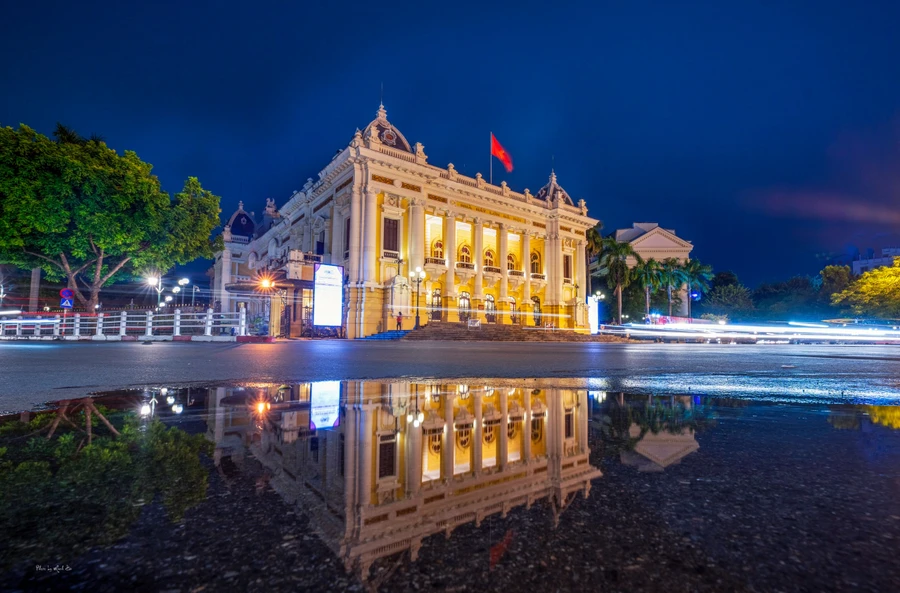

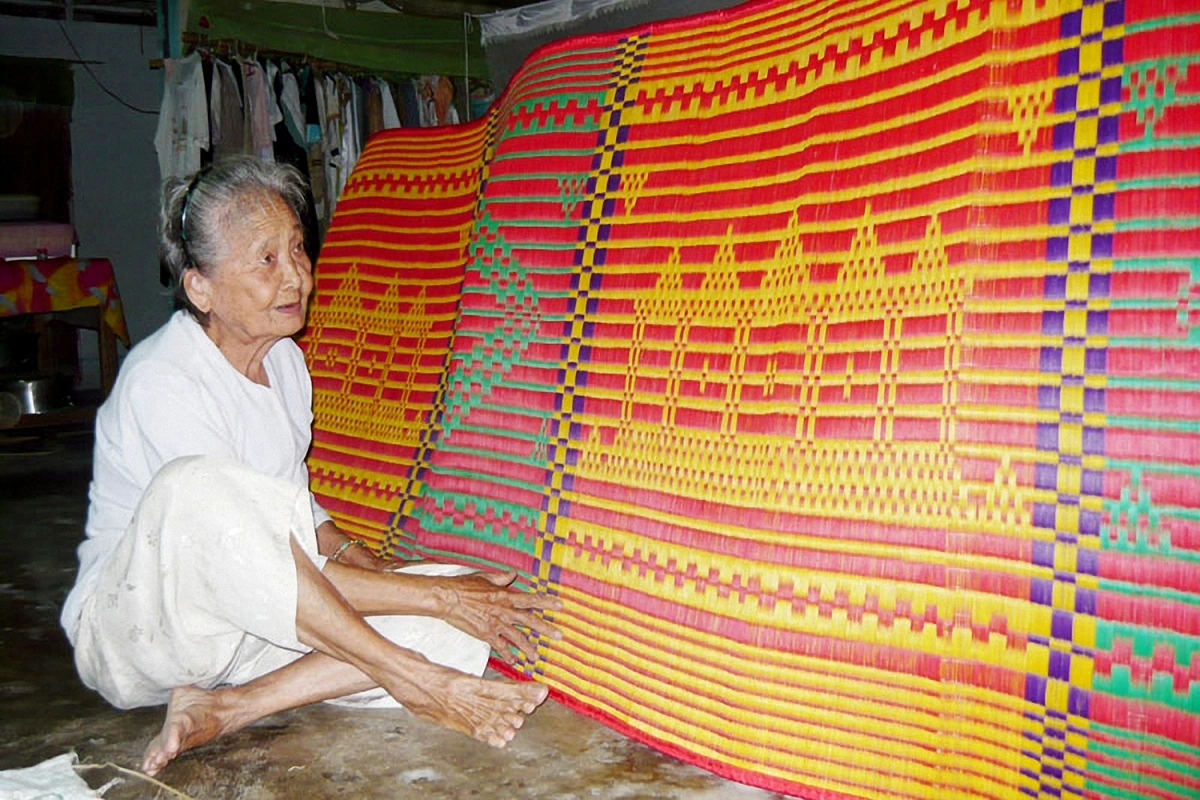

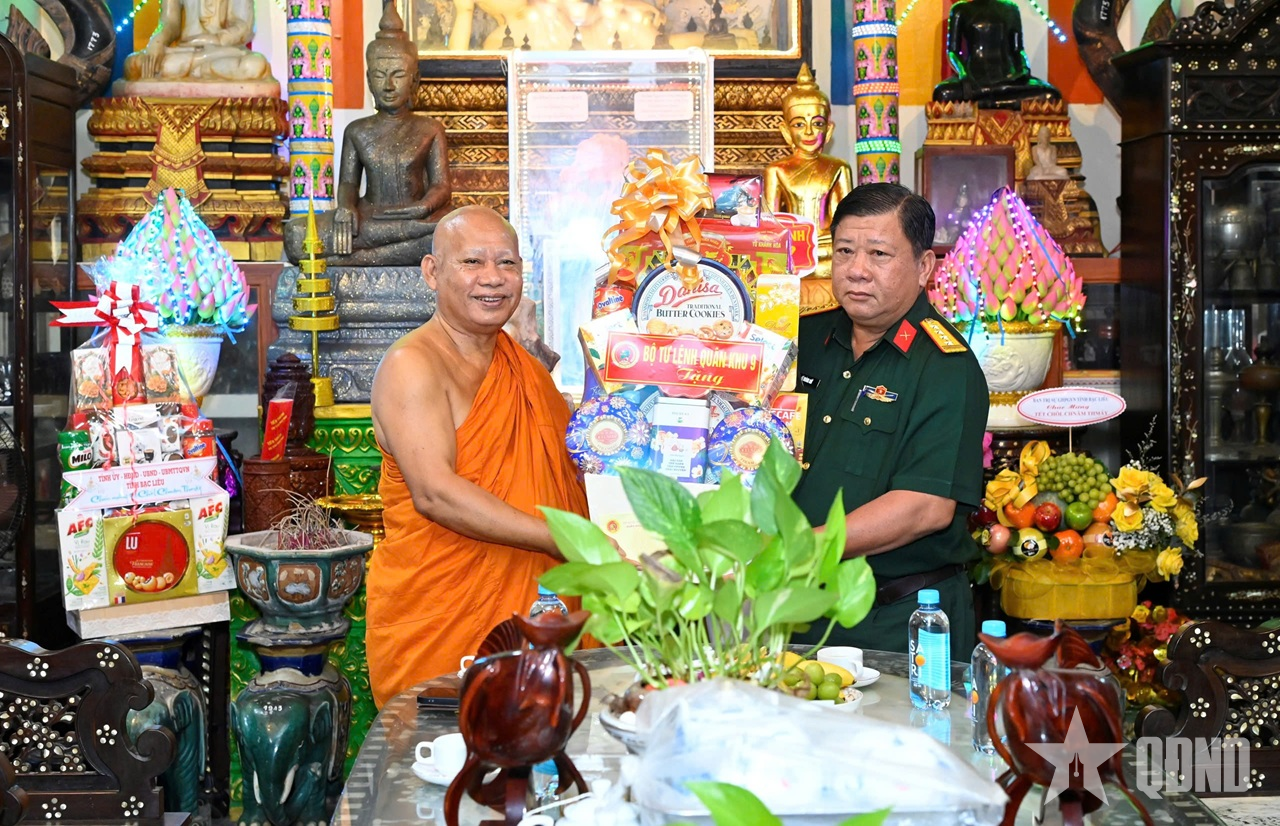
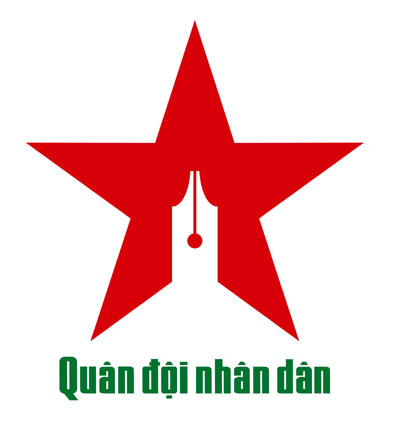


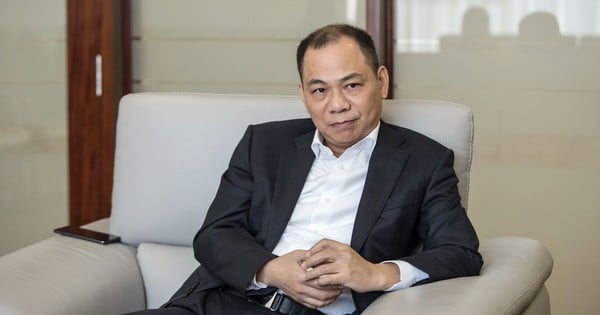




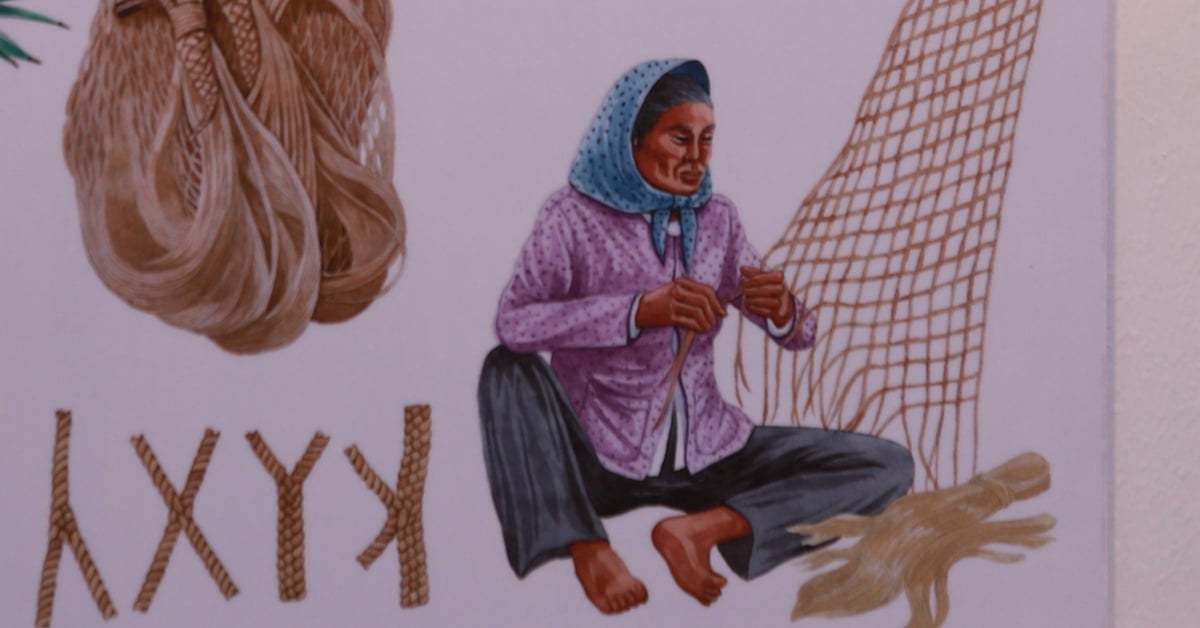
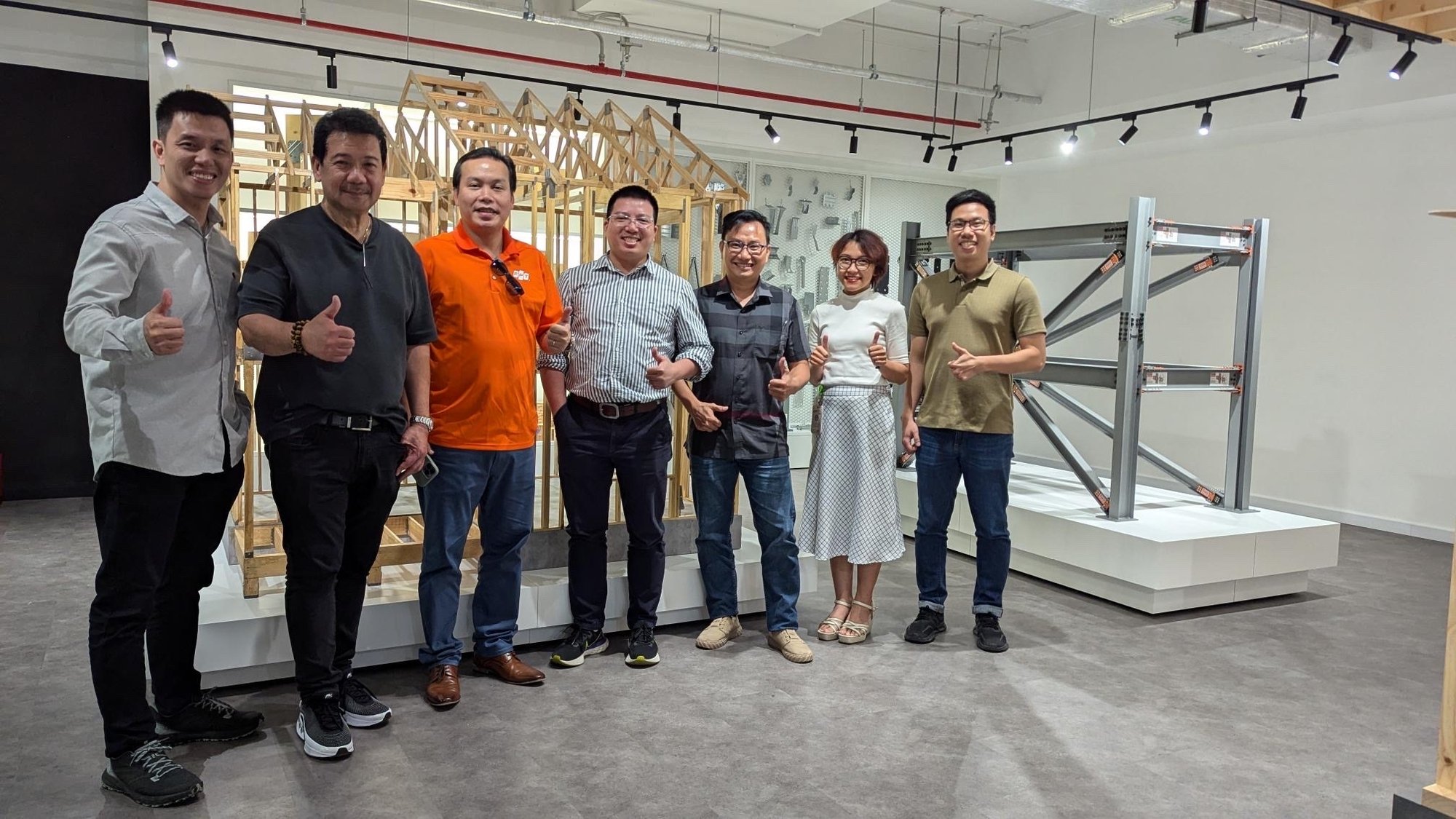
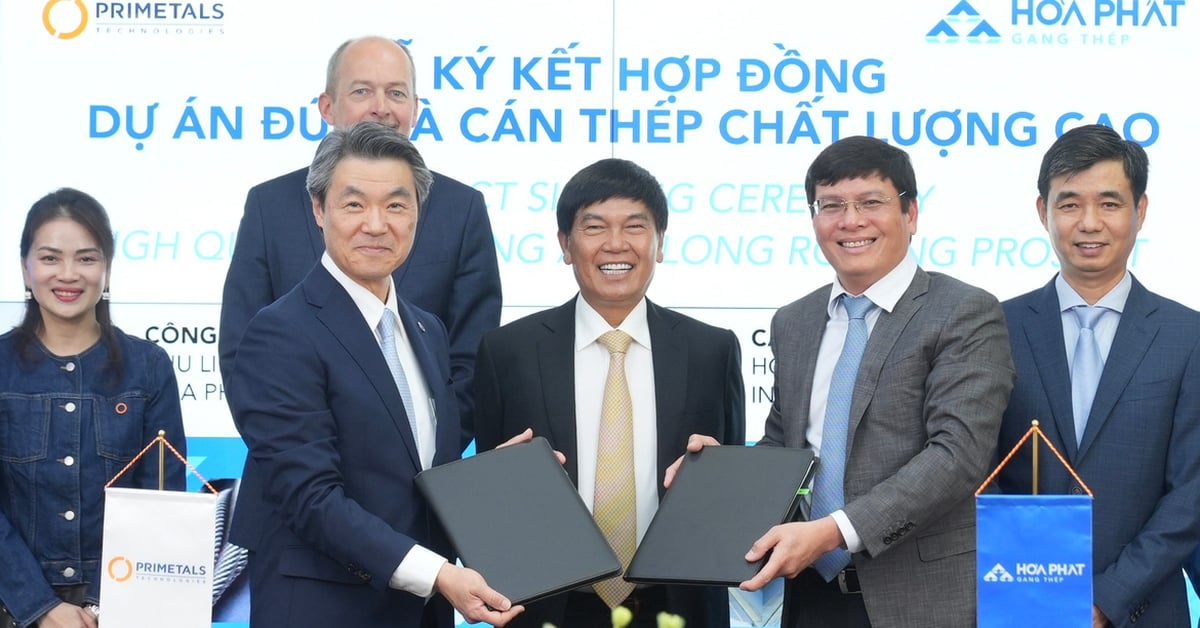
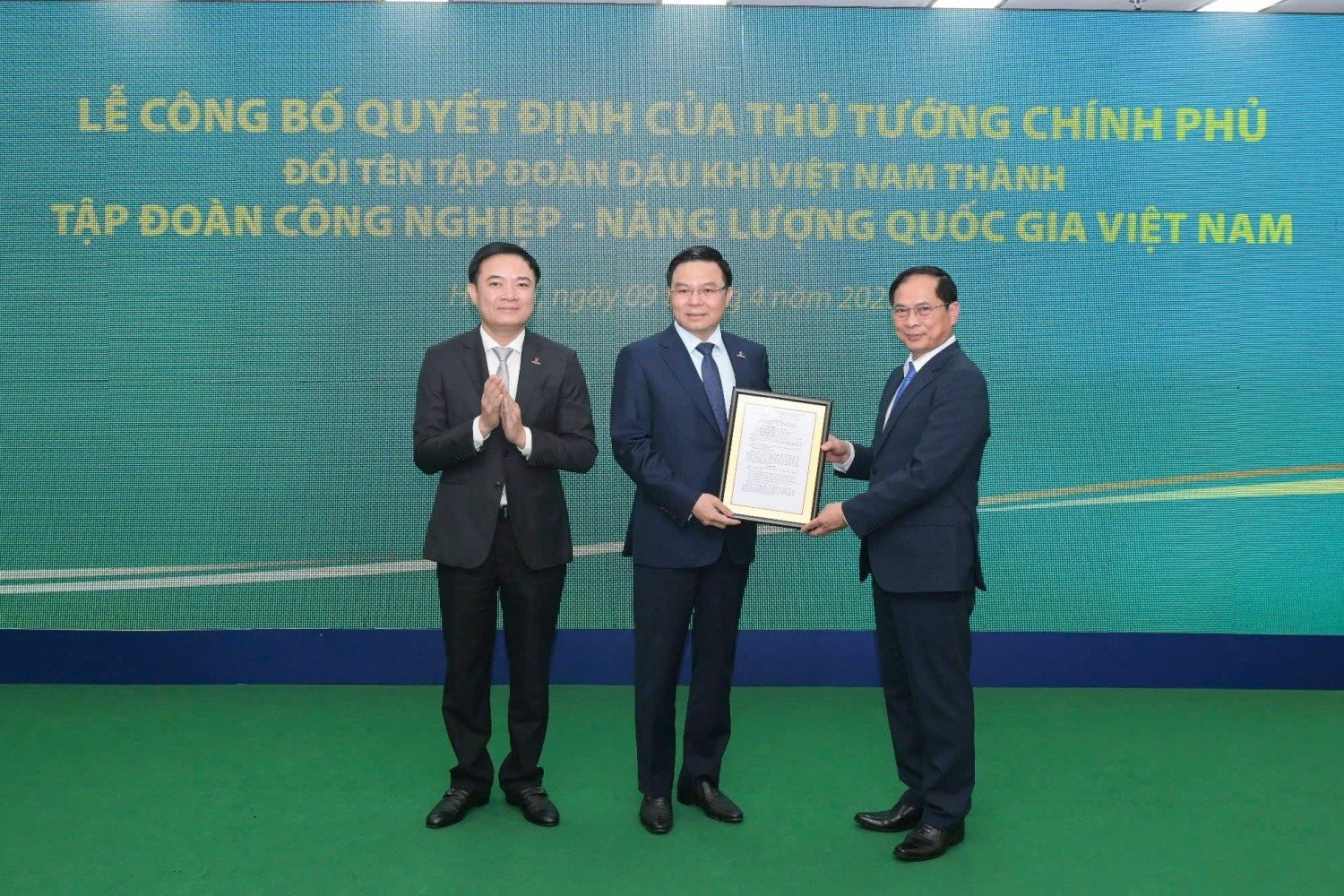





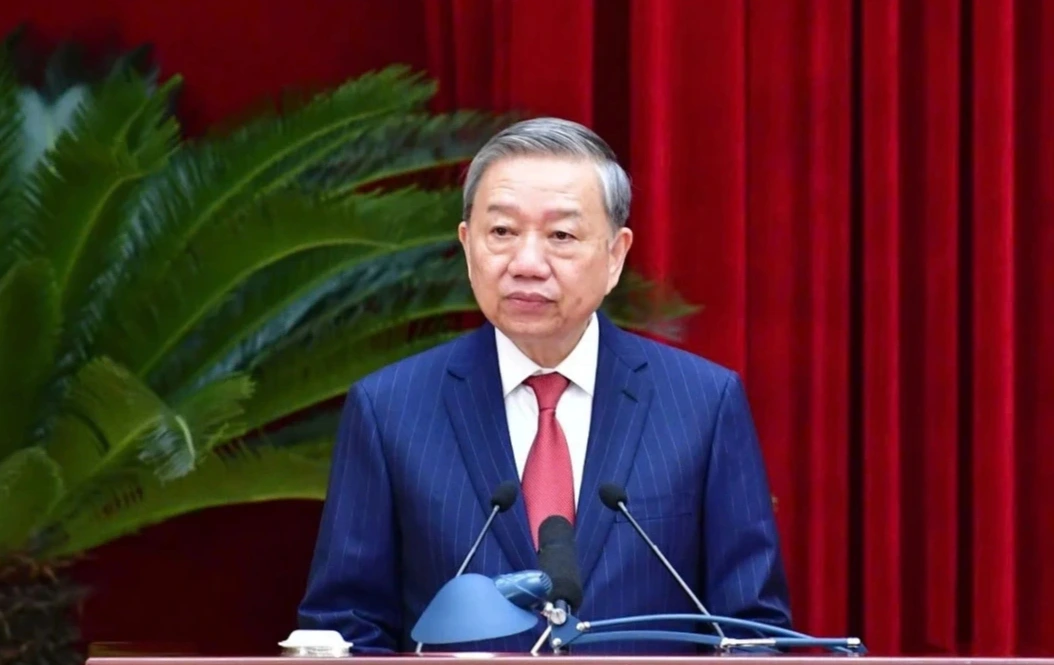
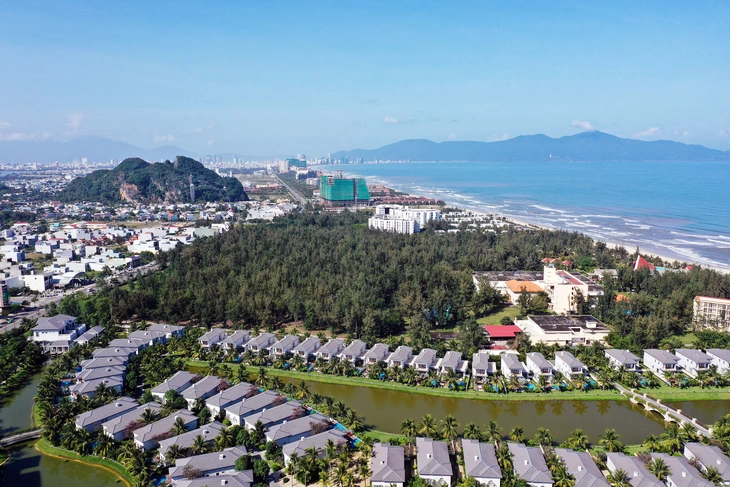
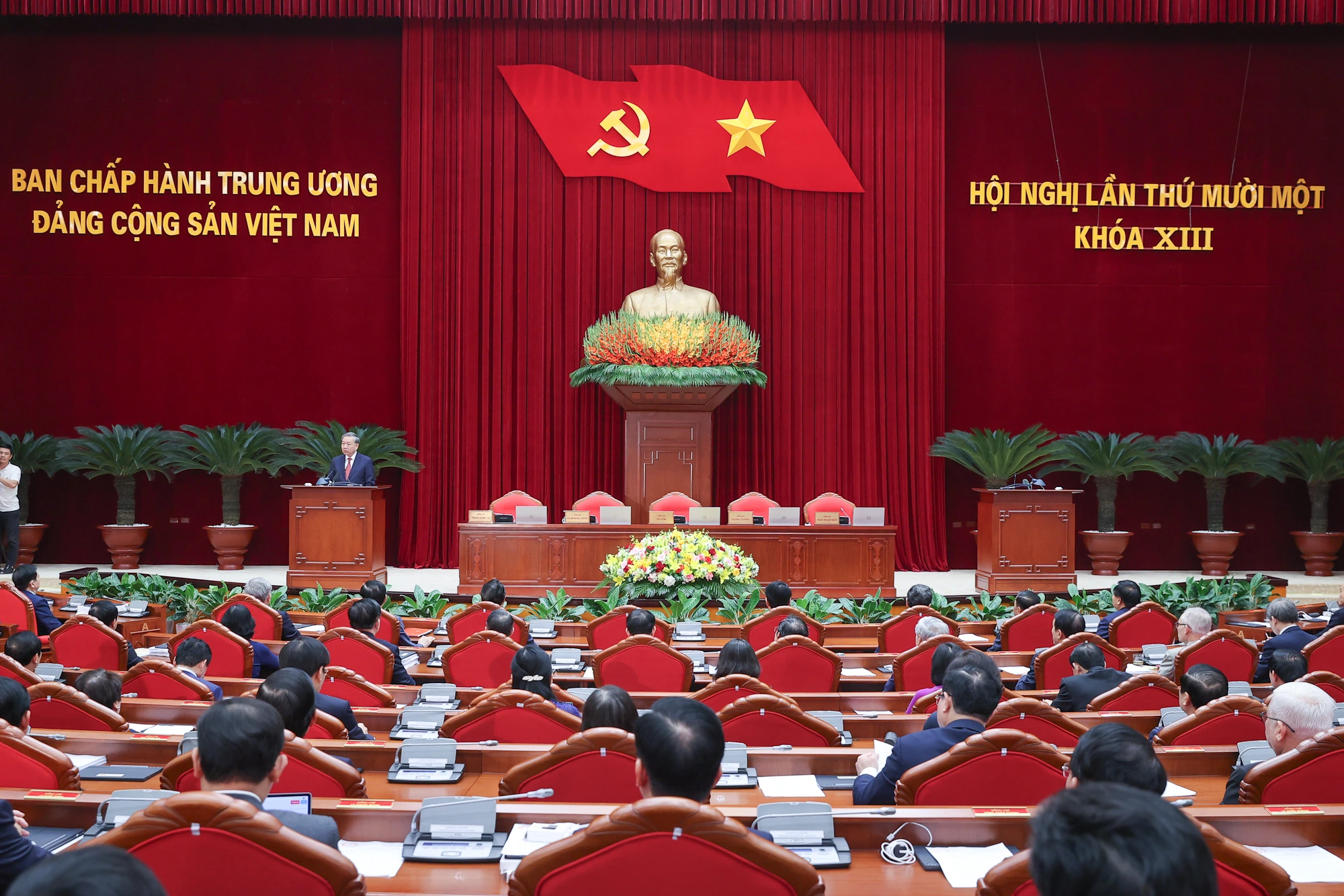
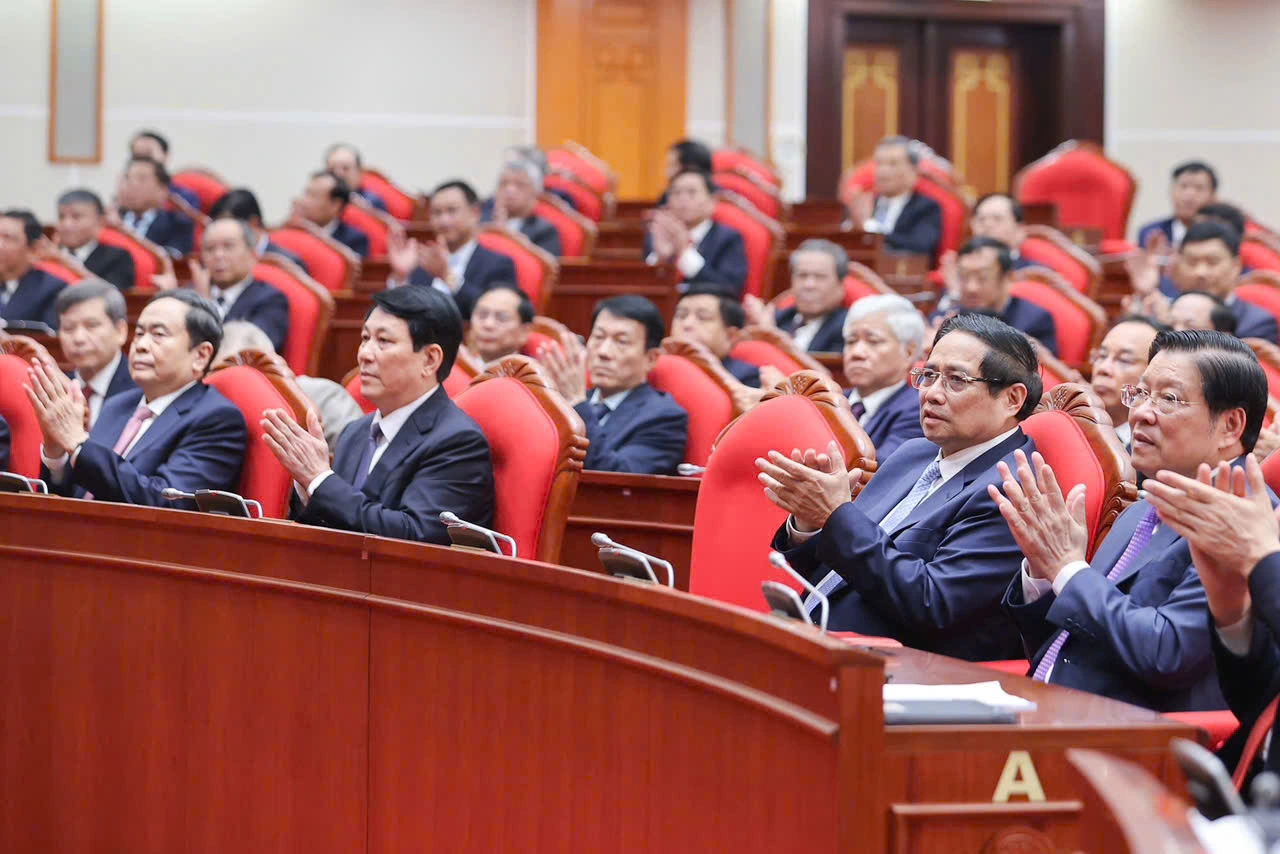
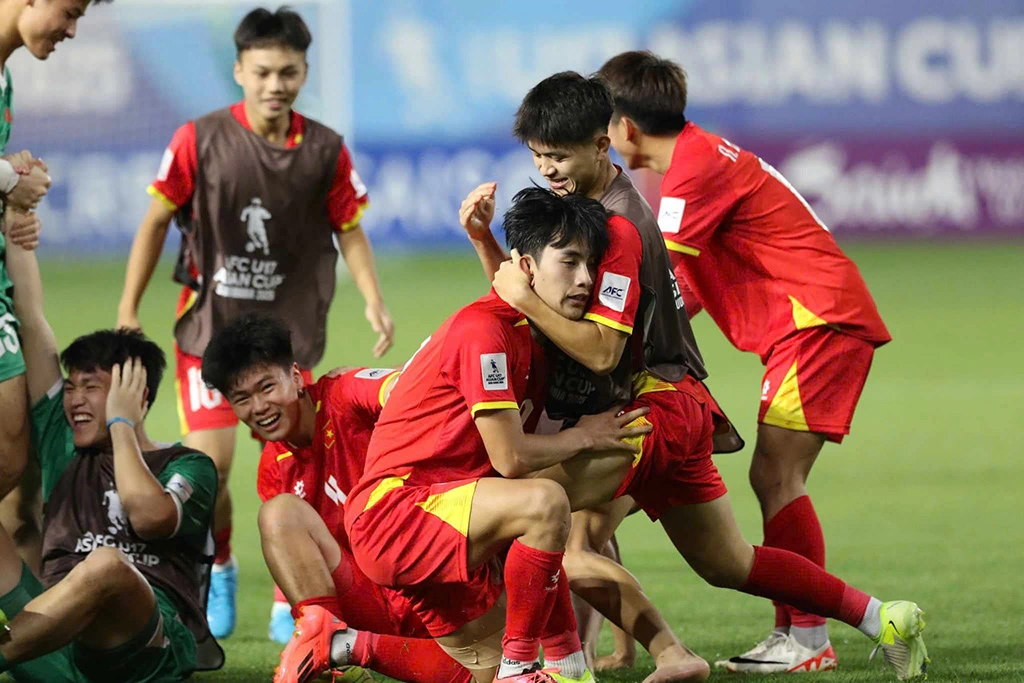

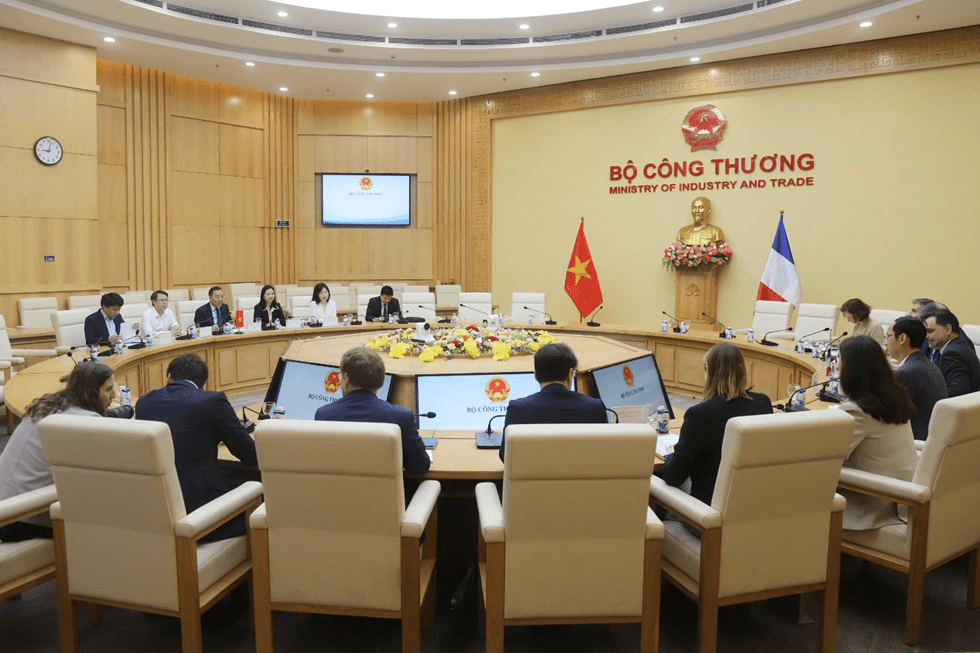
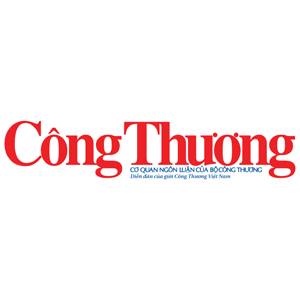
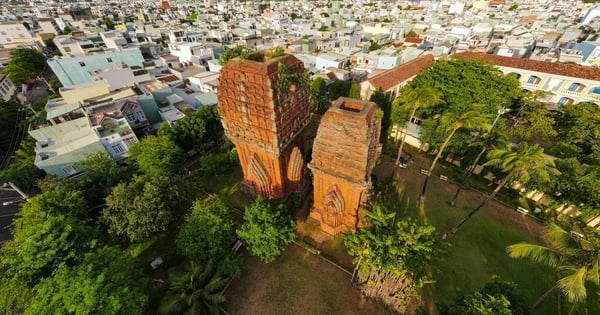

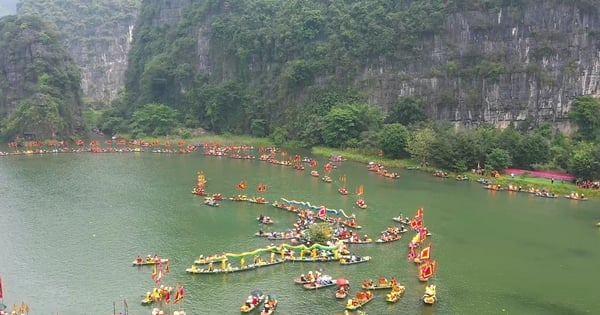
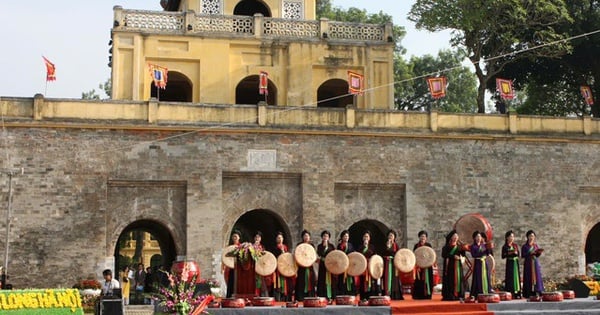
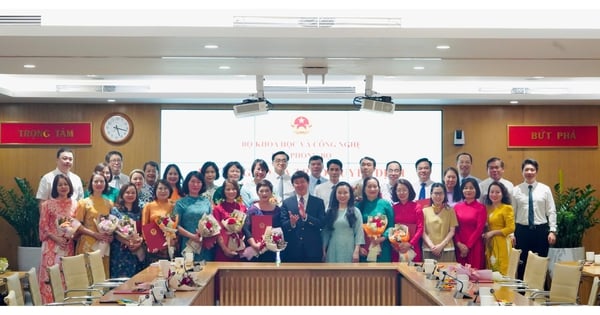
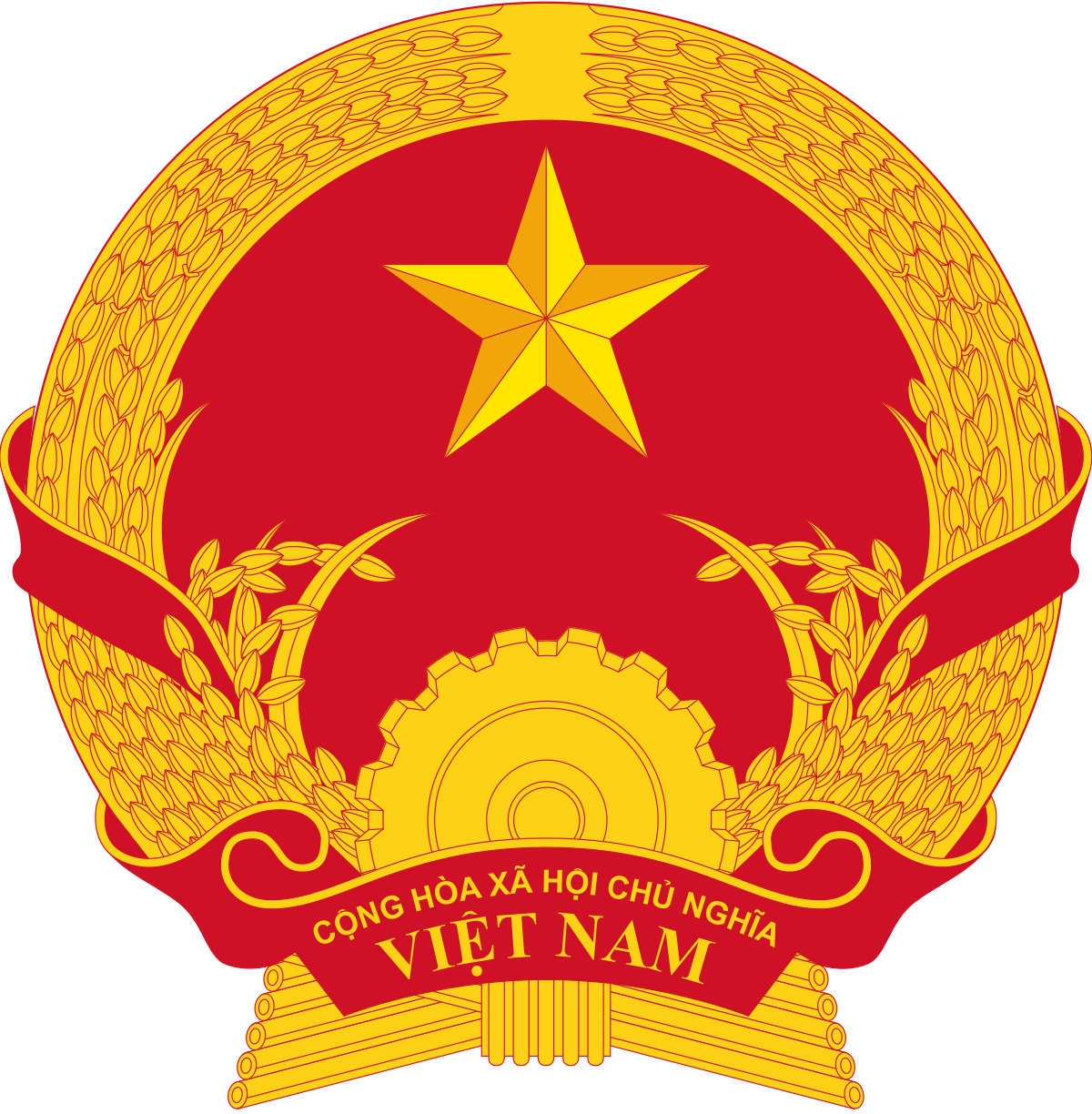

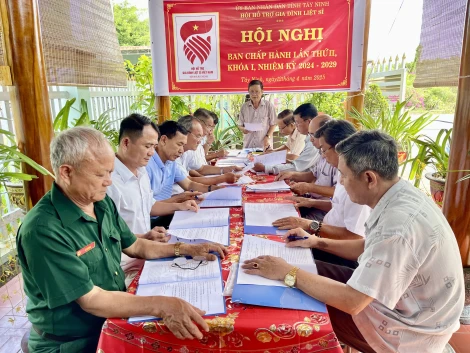



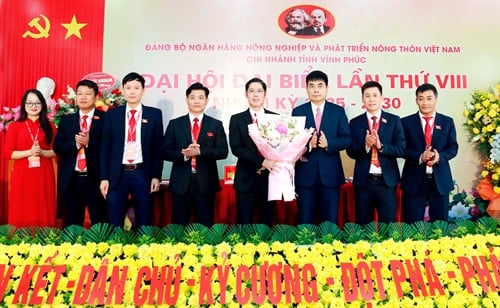
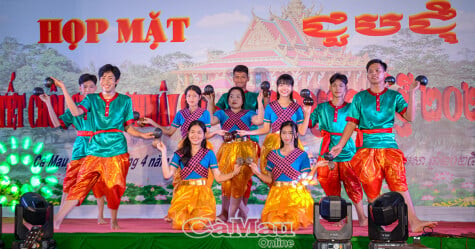
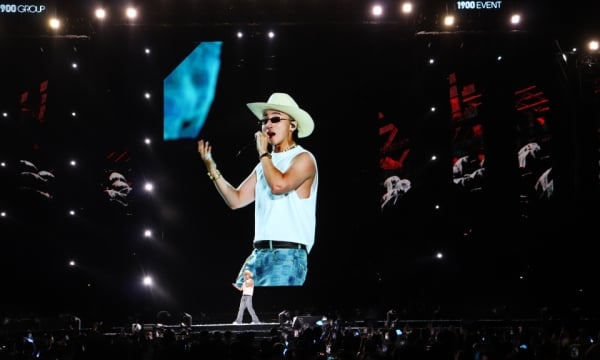

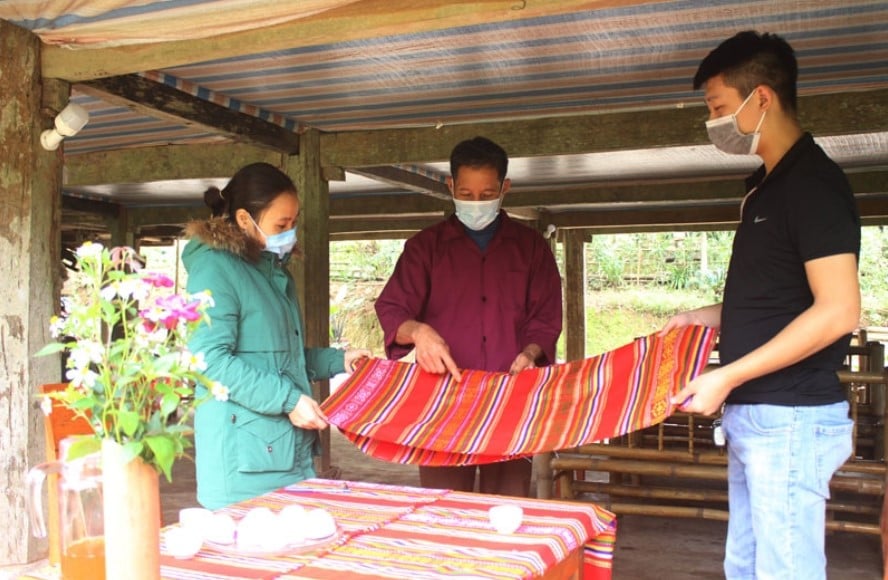

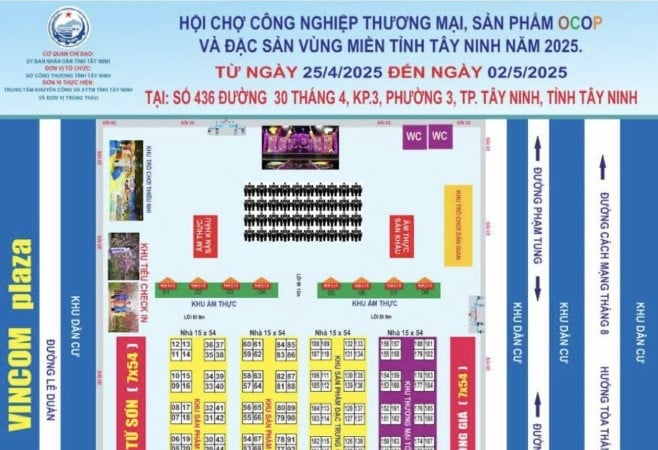

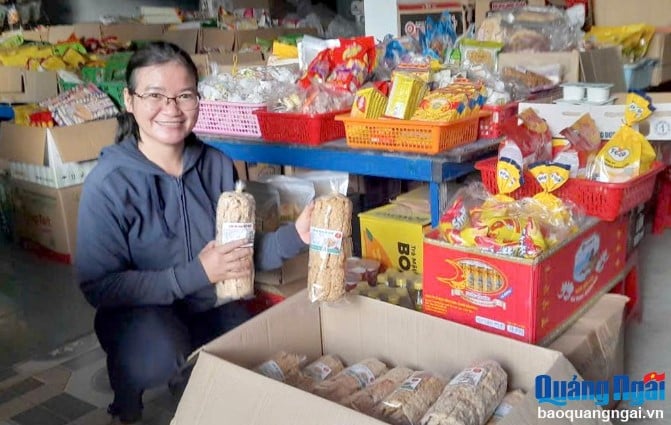

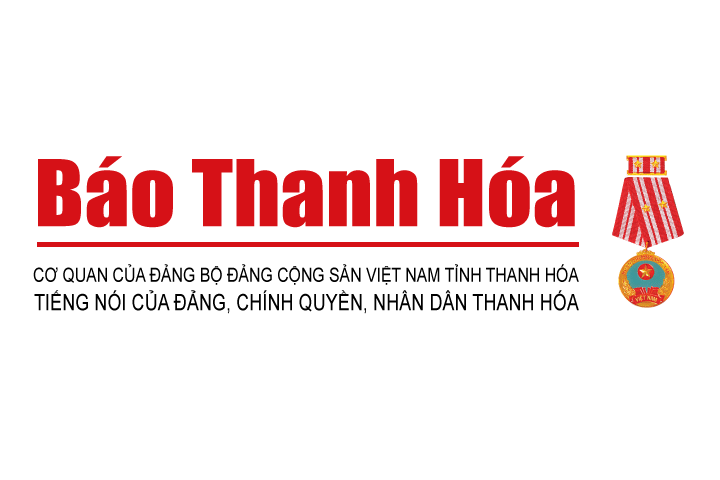


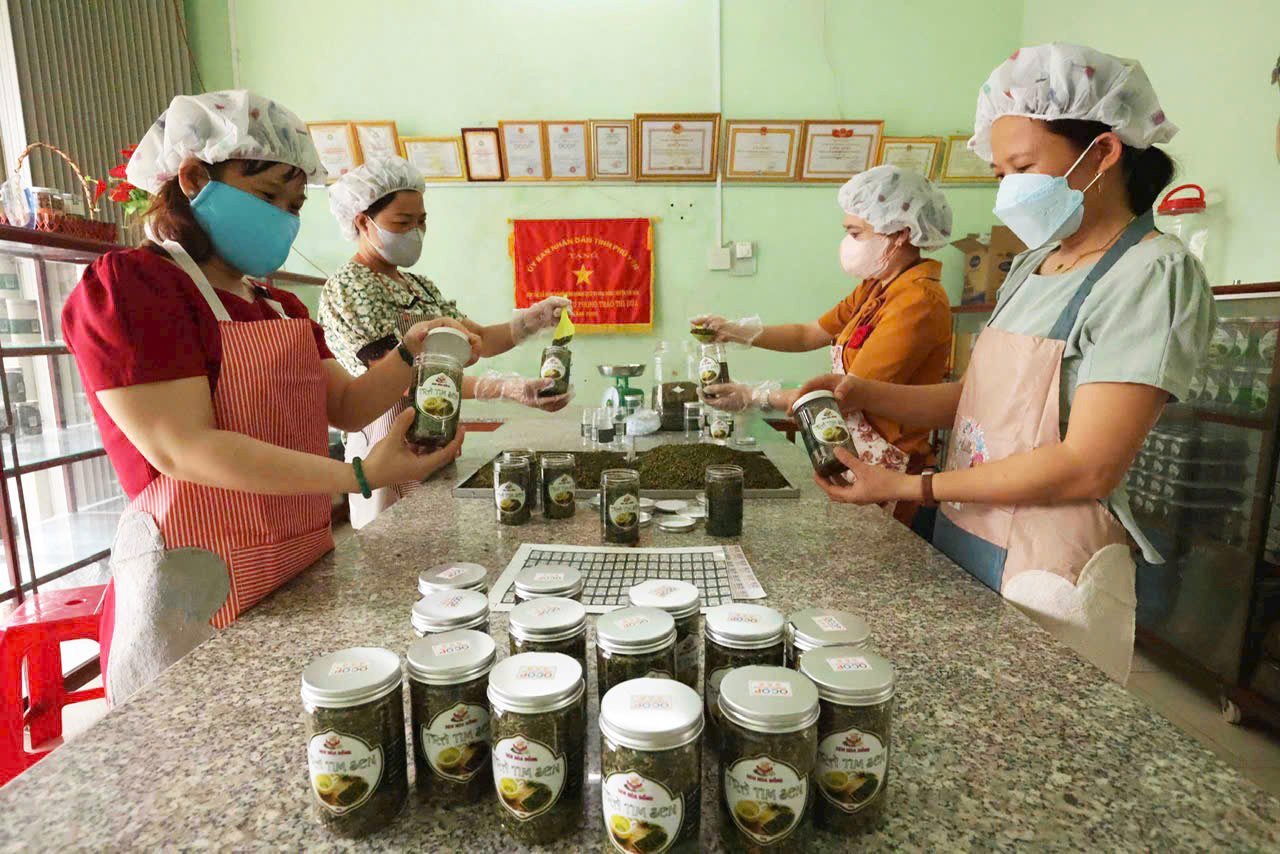

Comment (0)